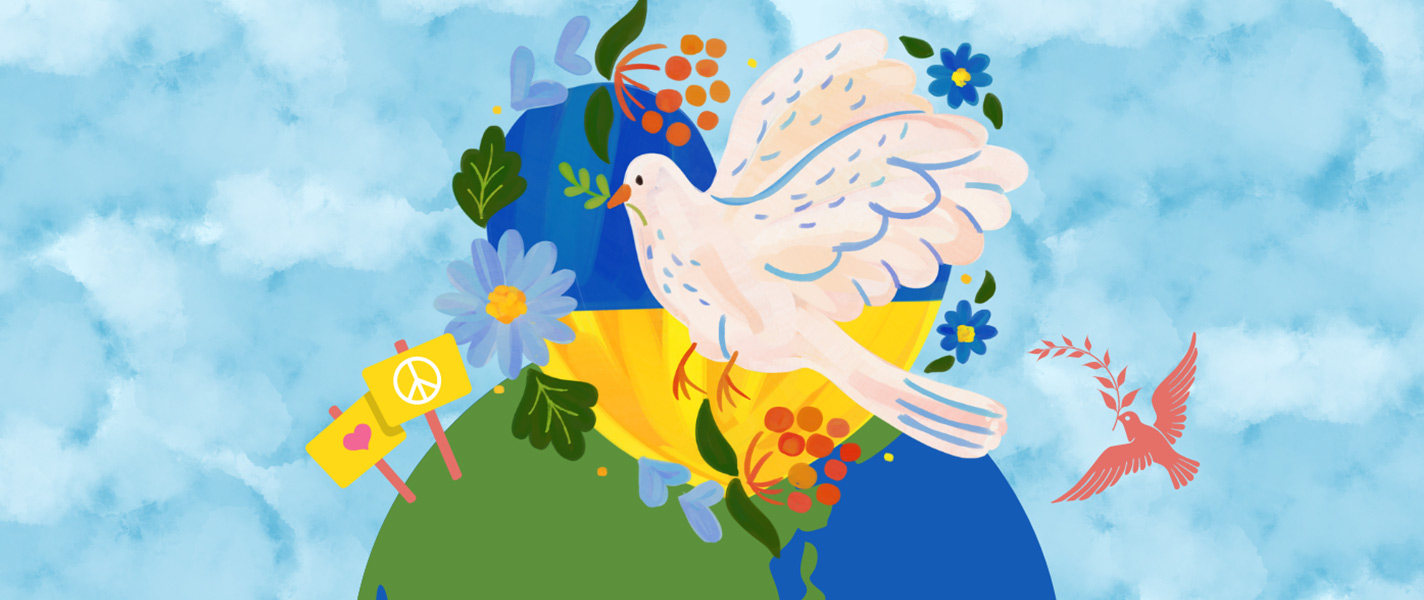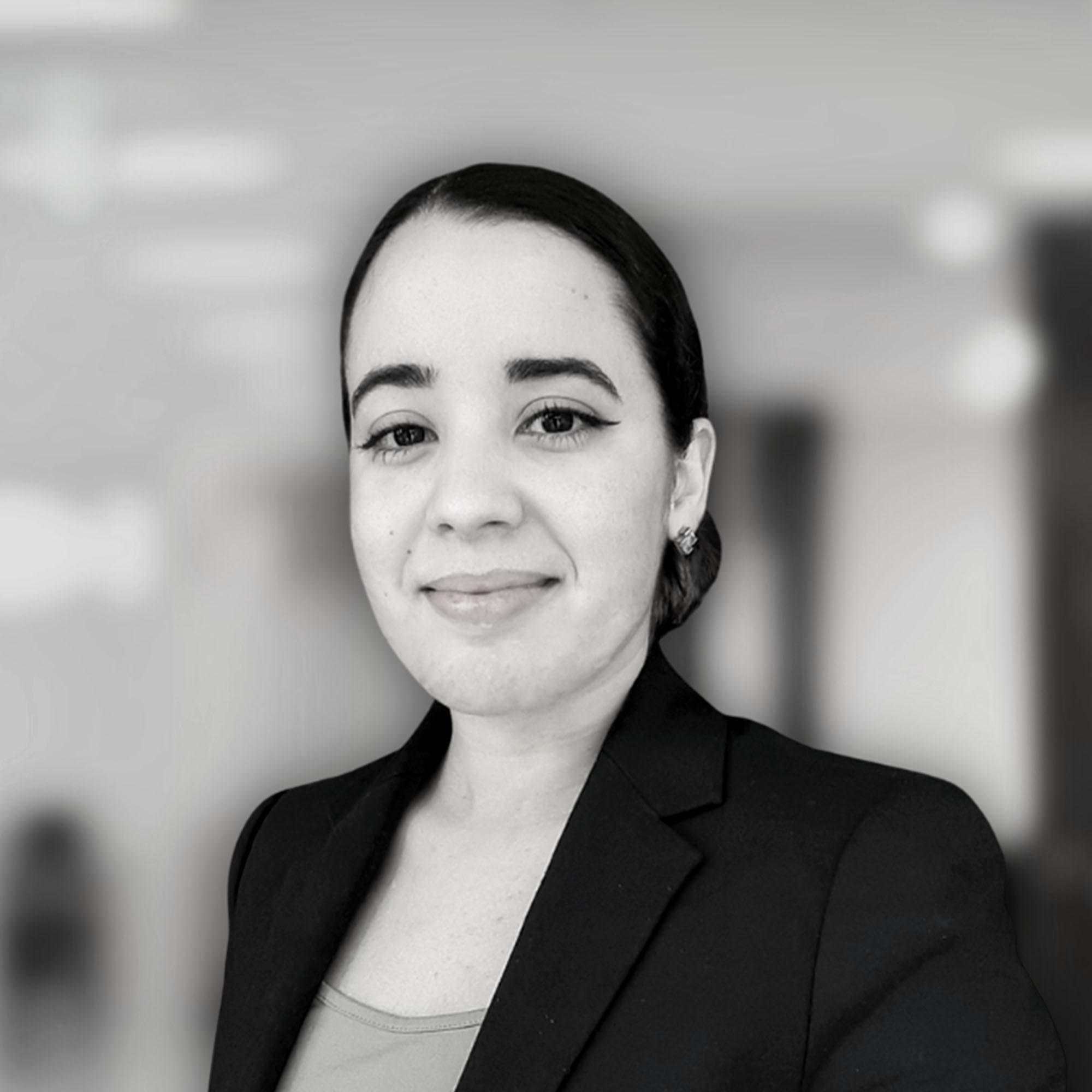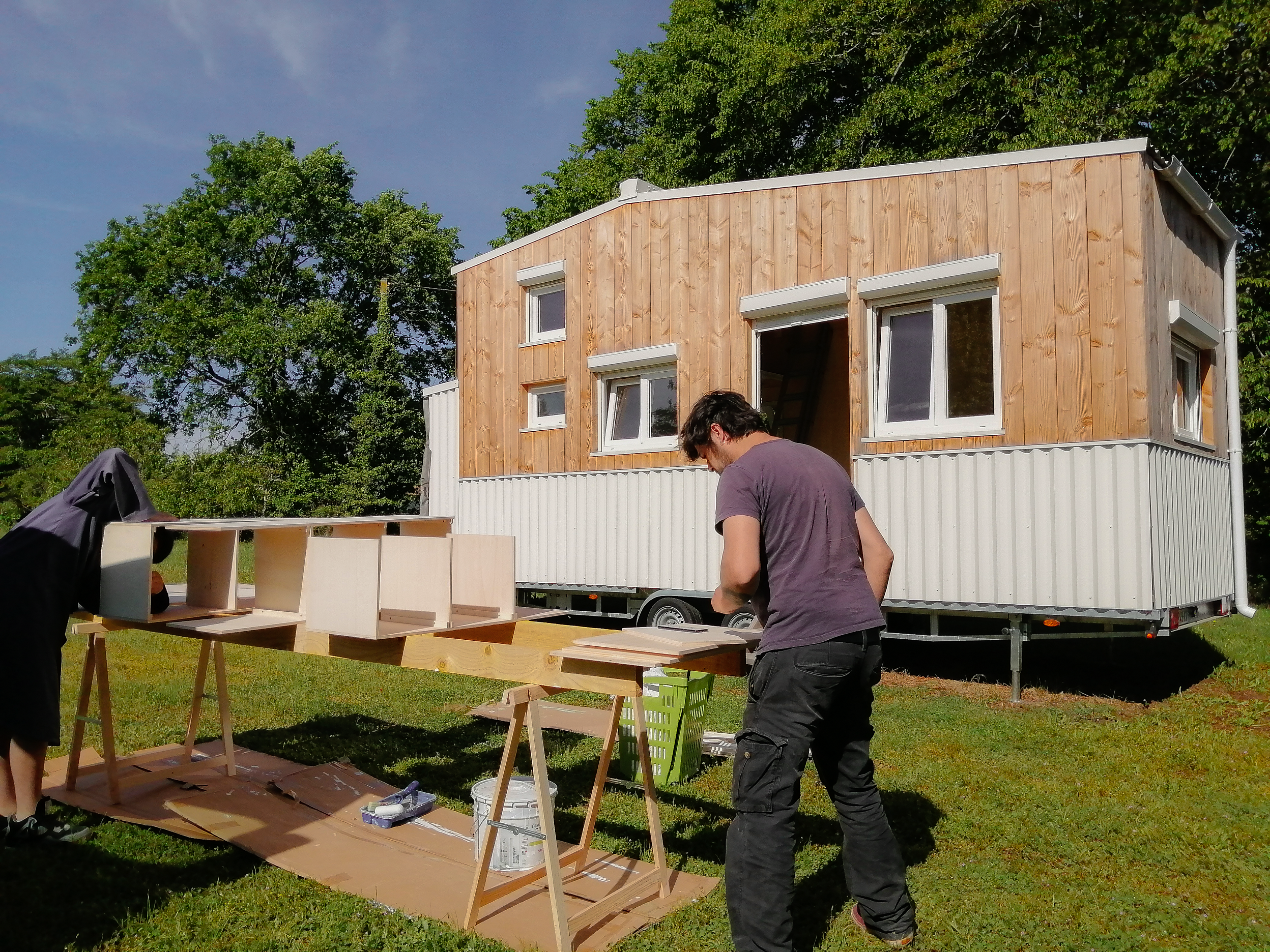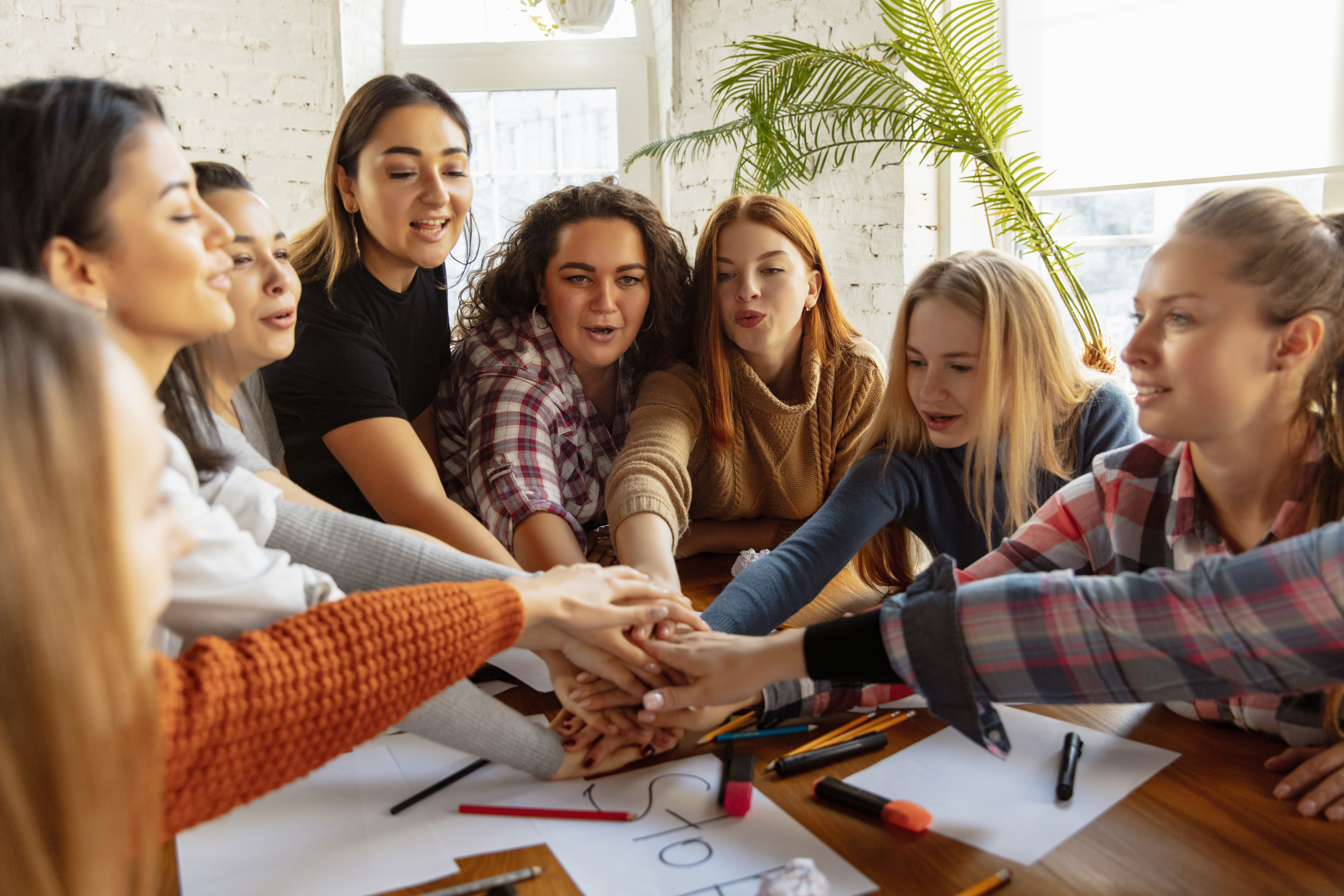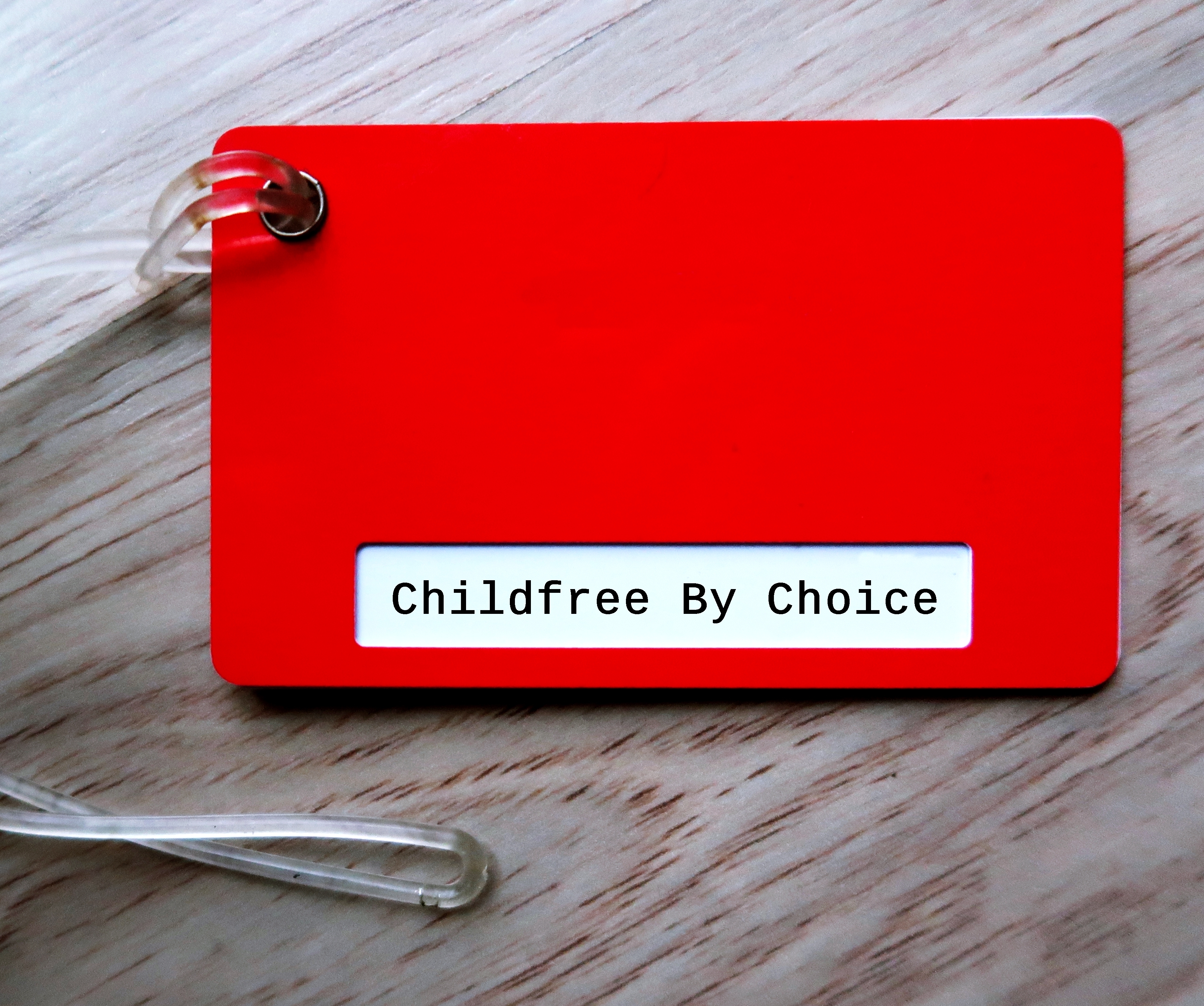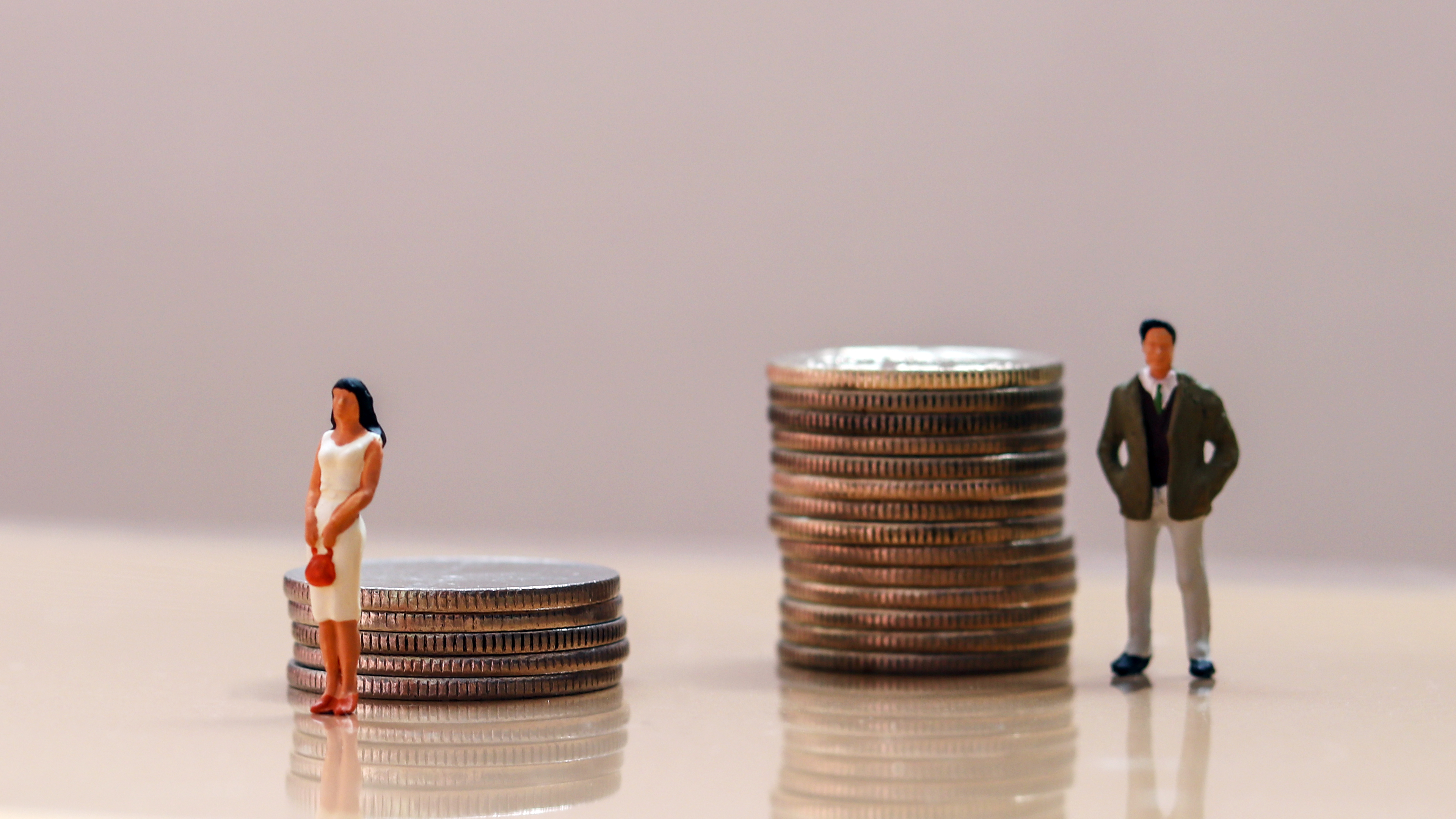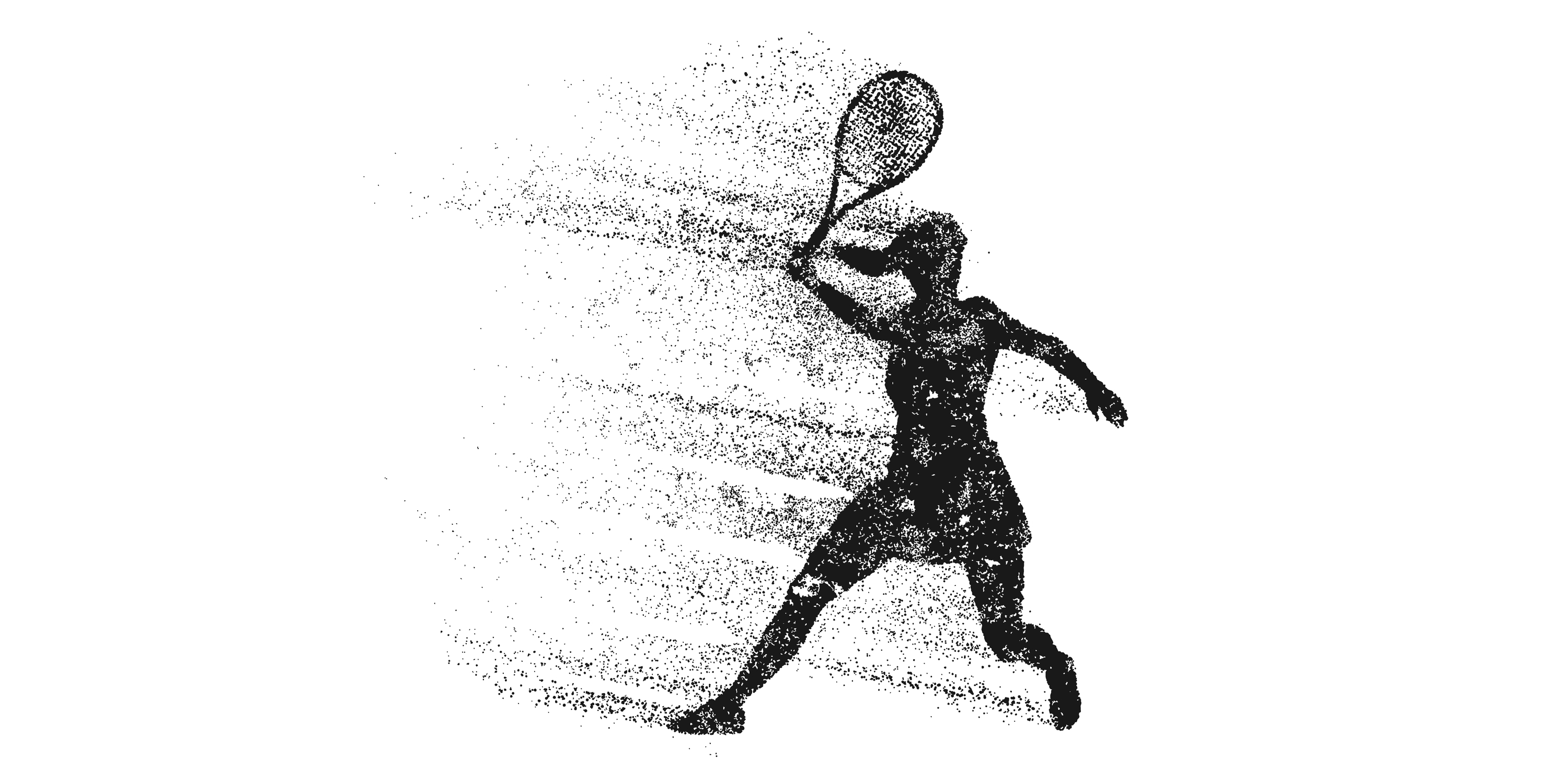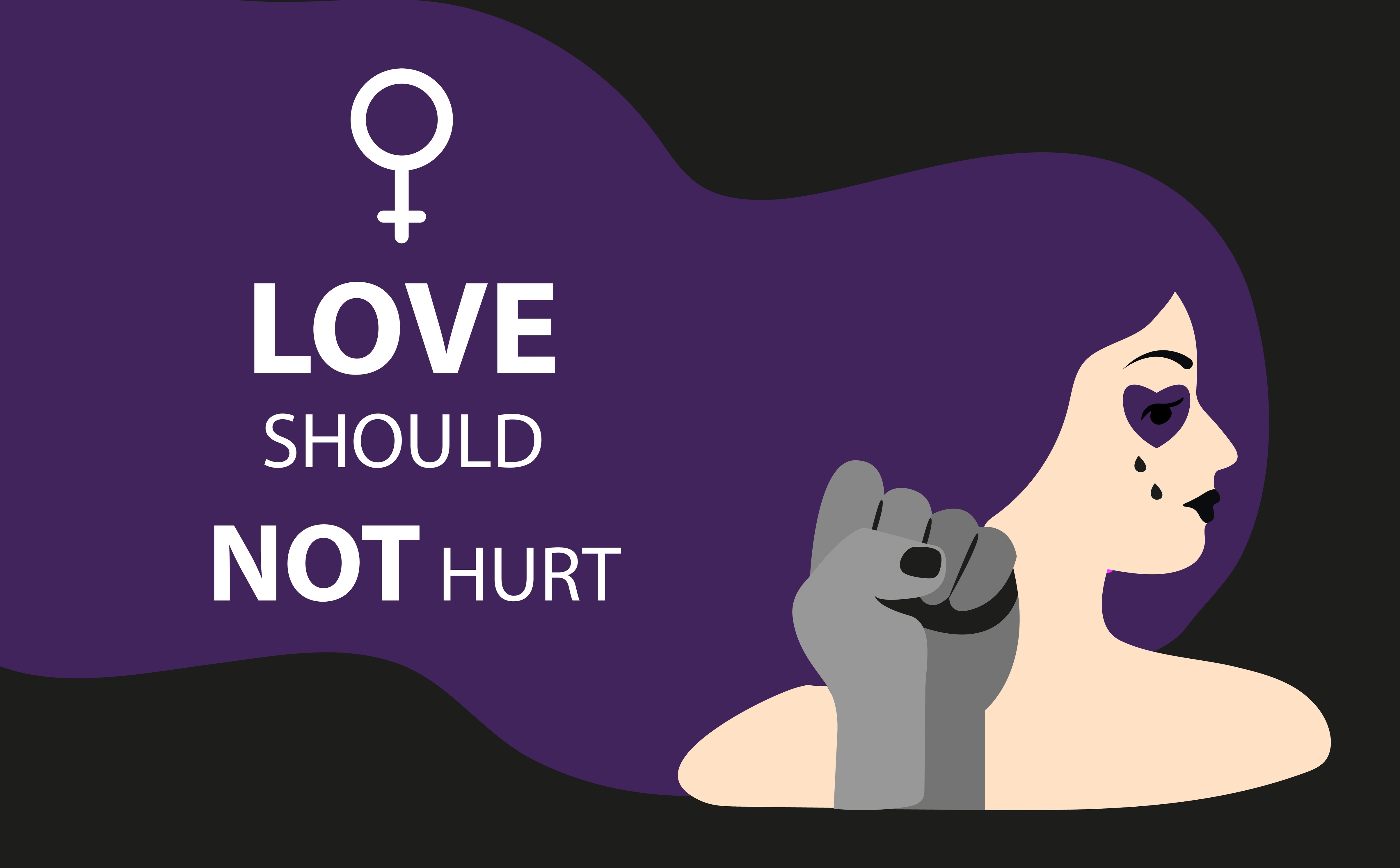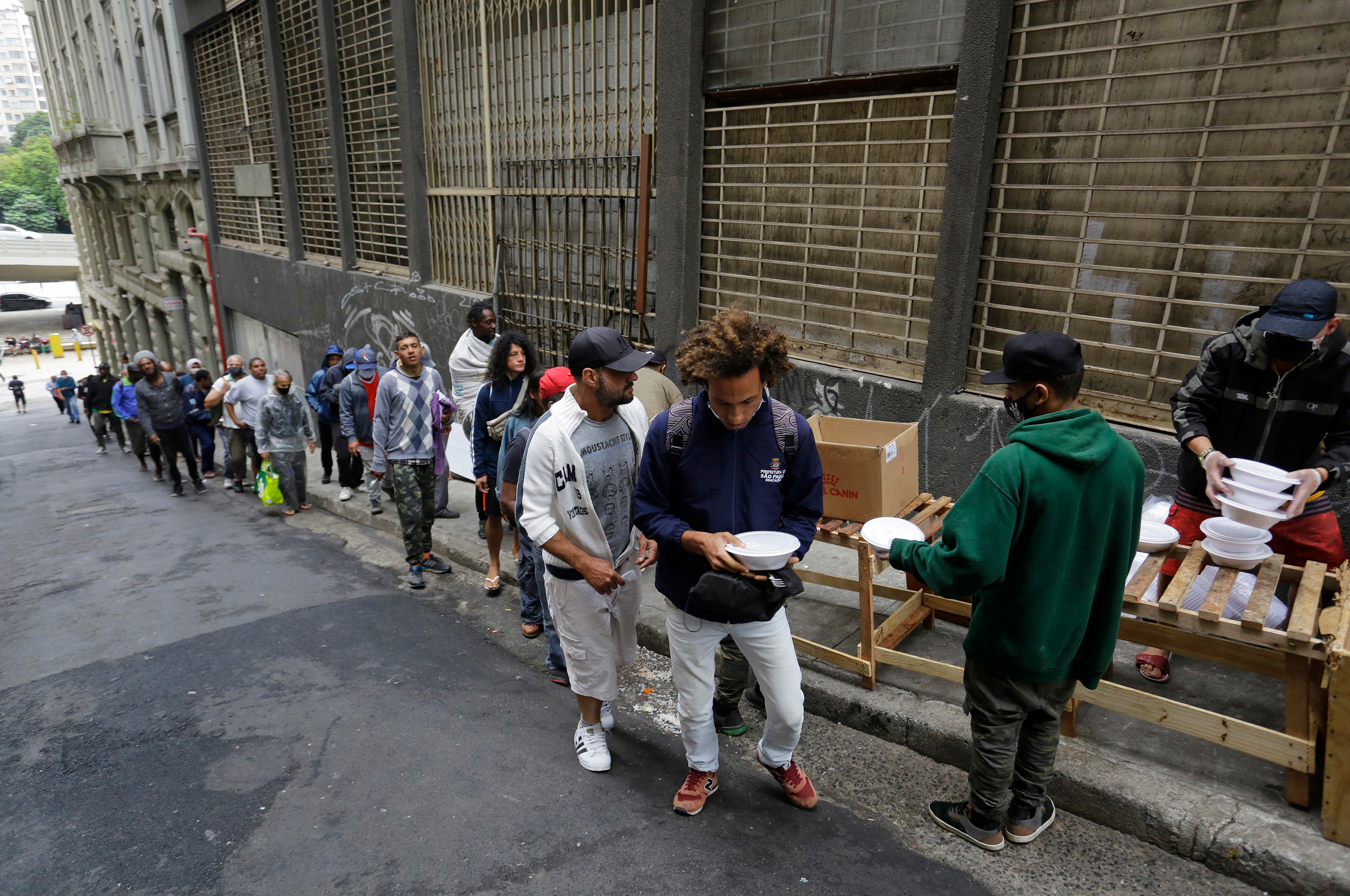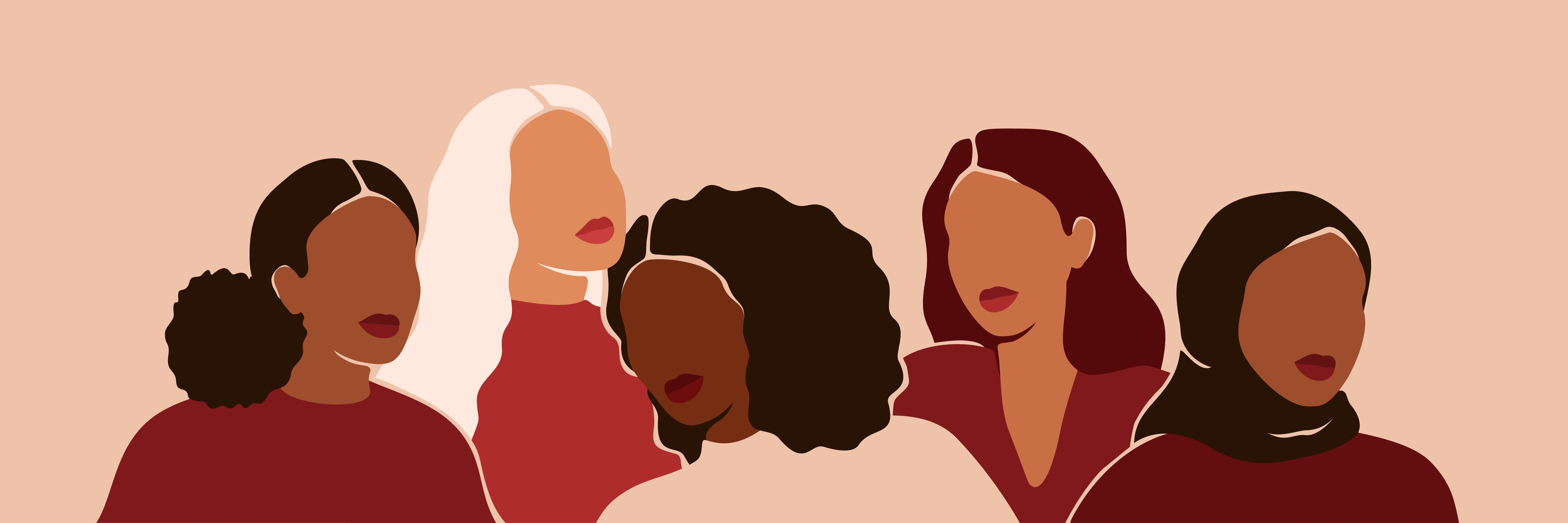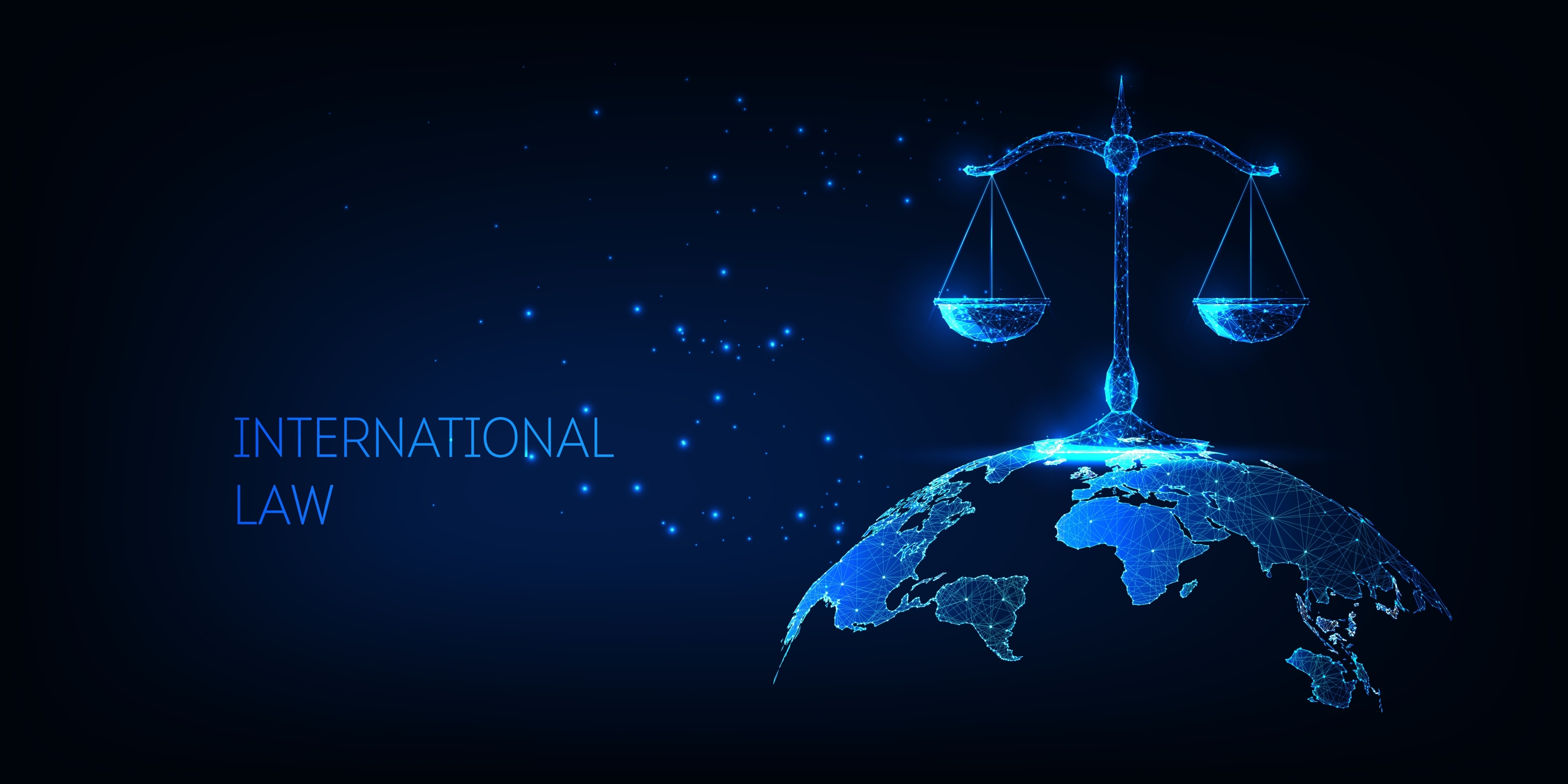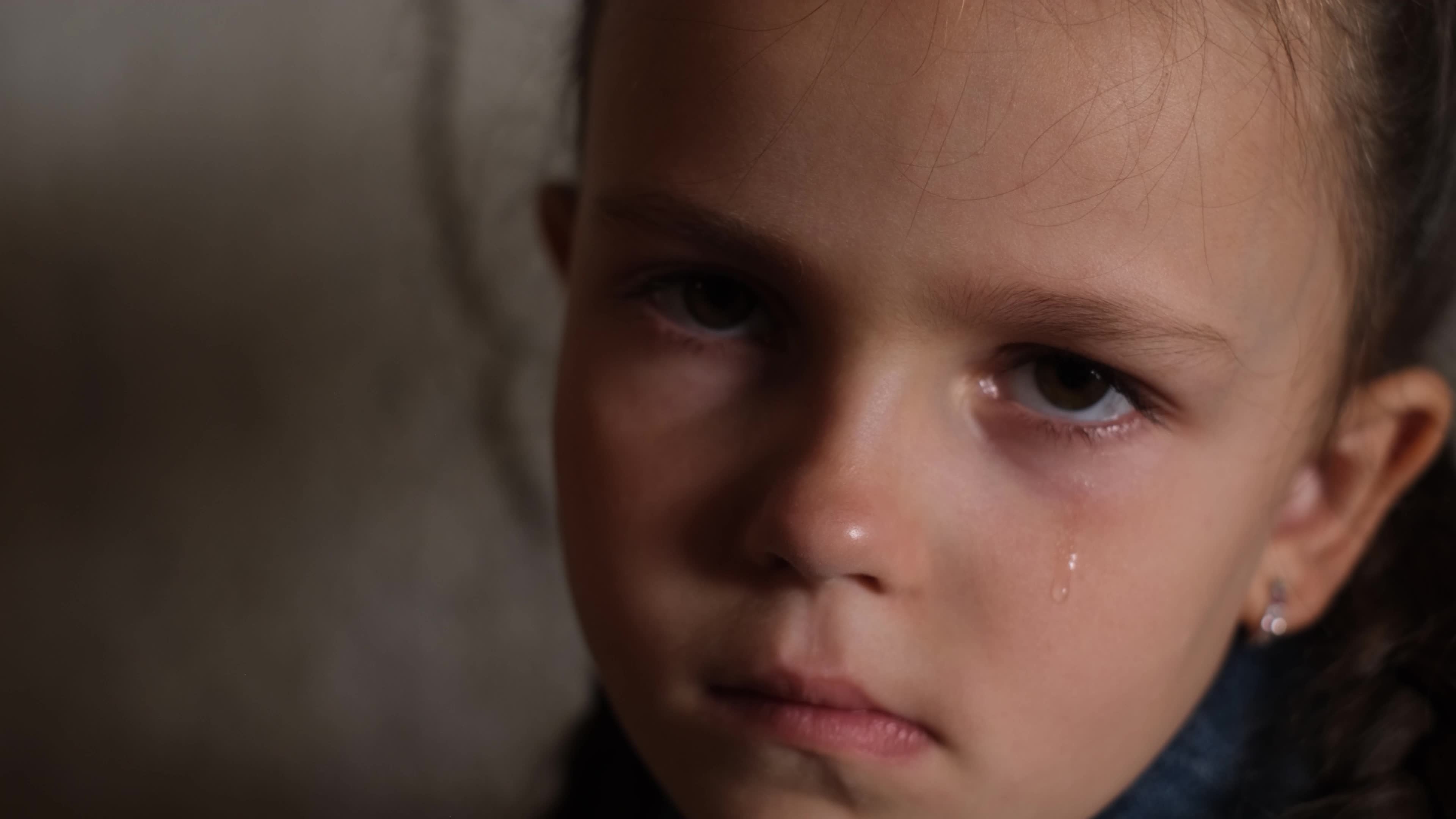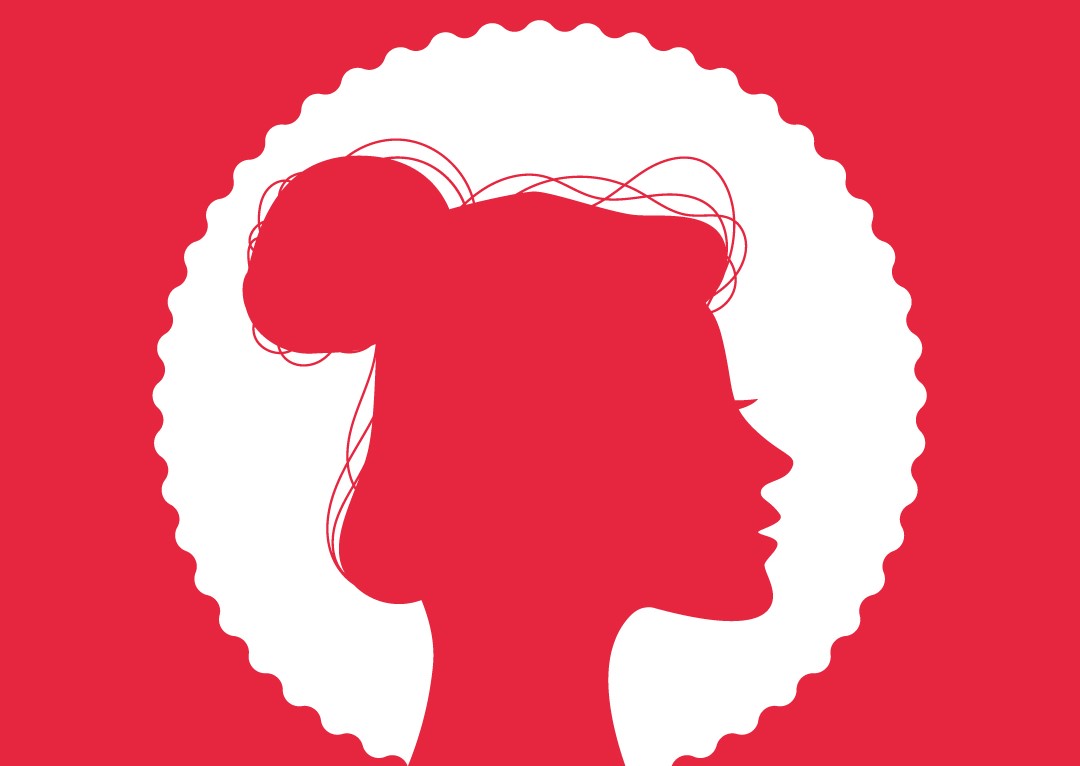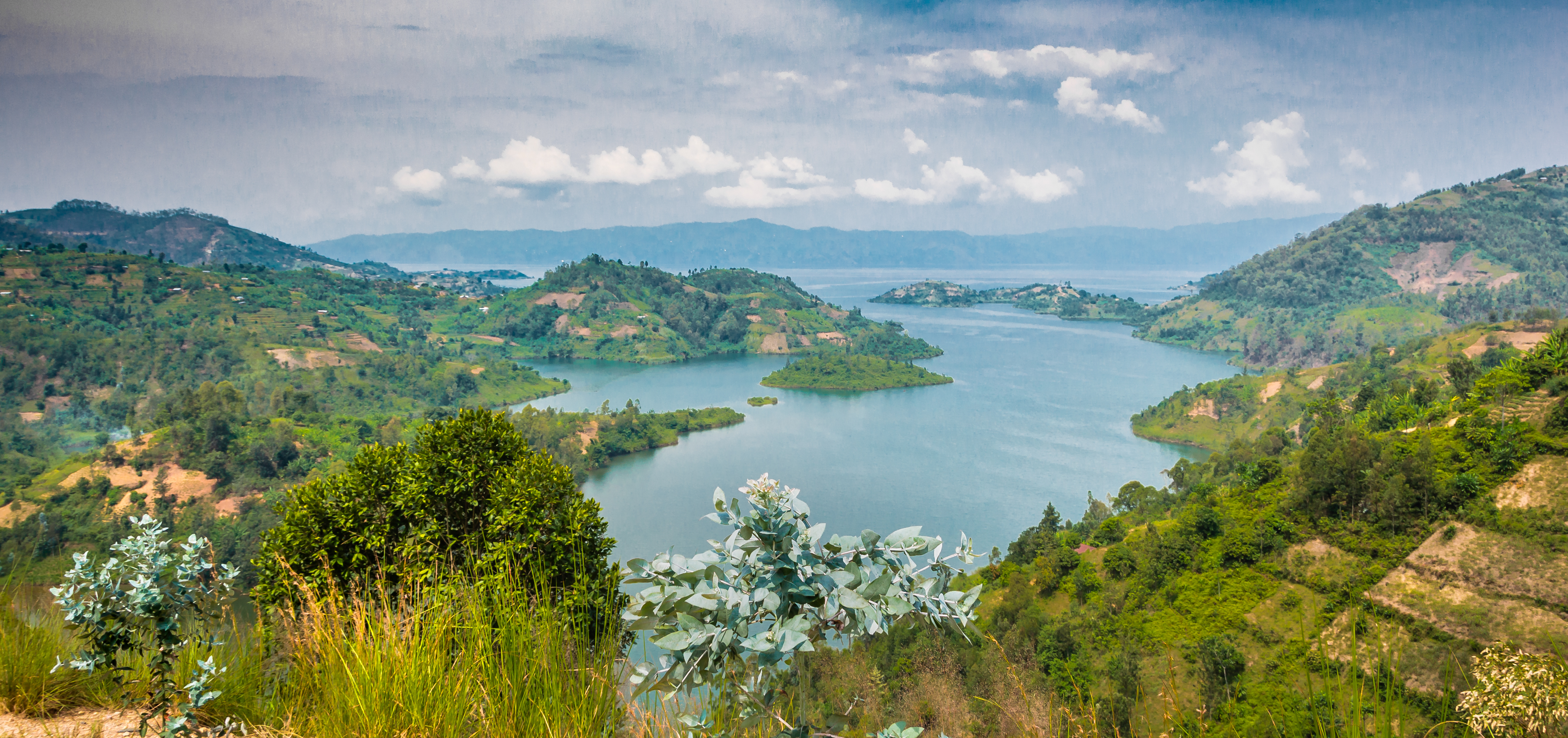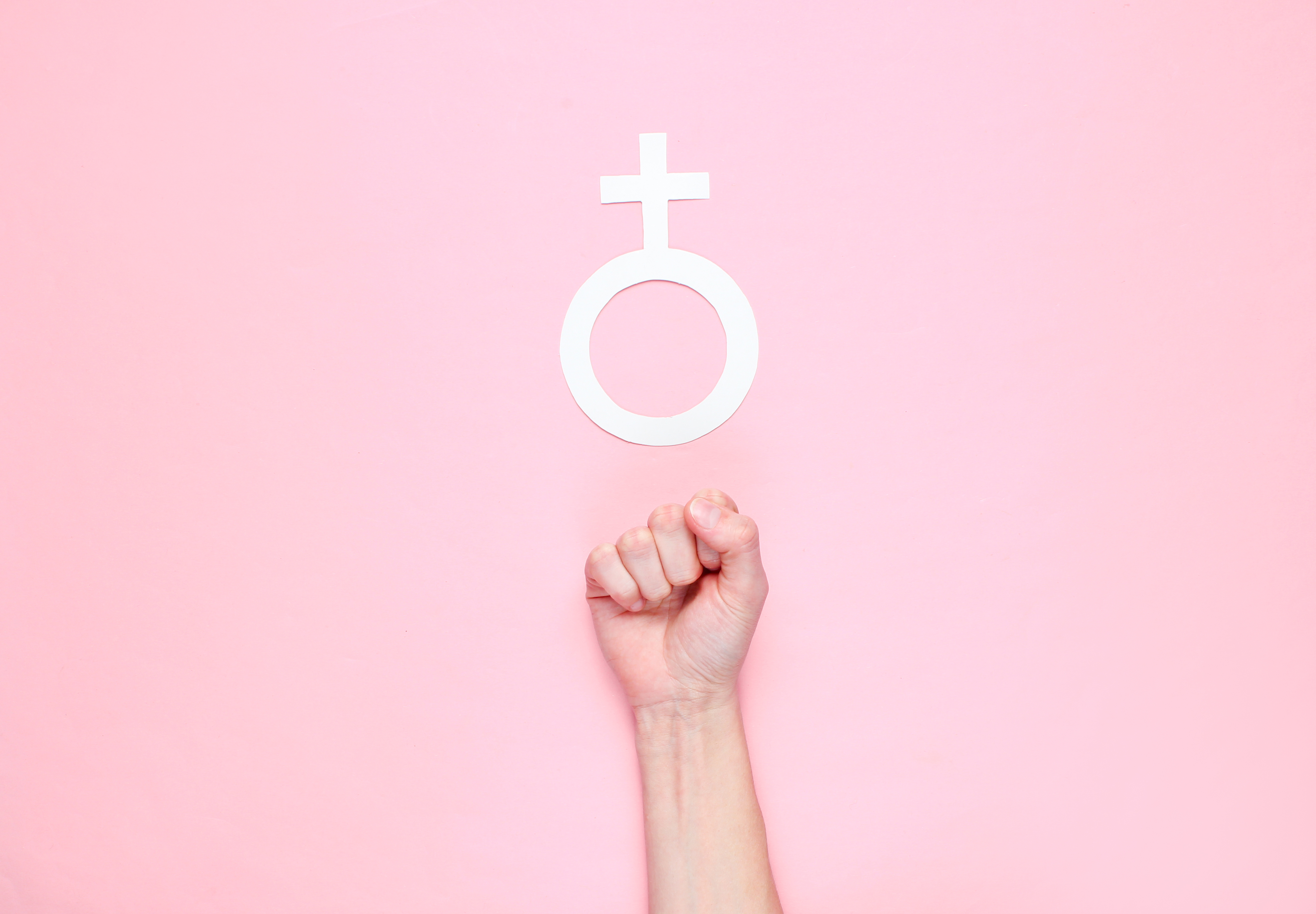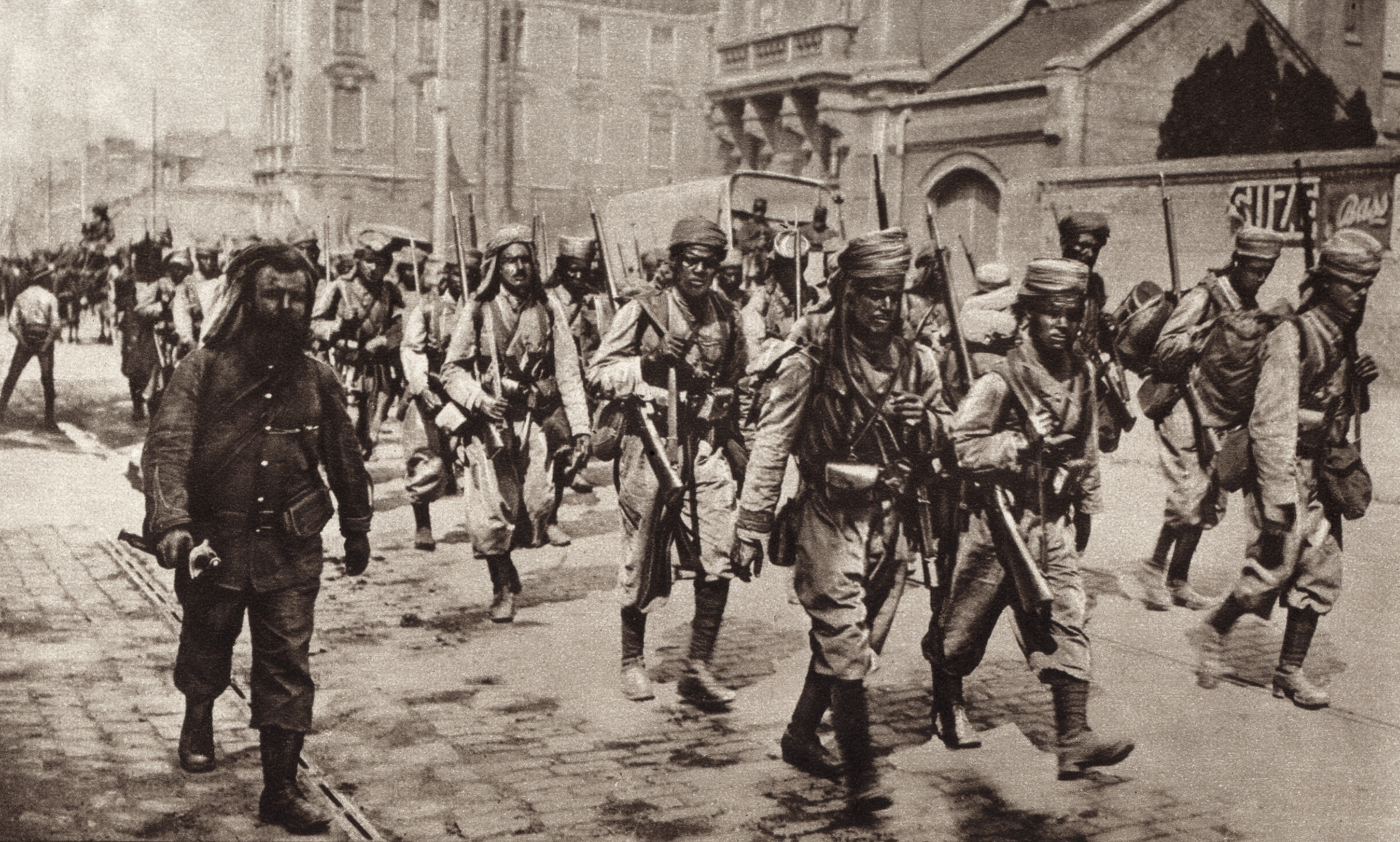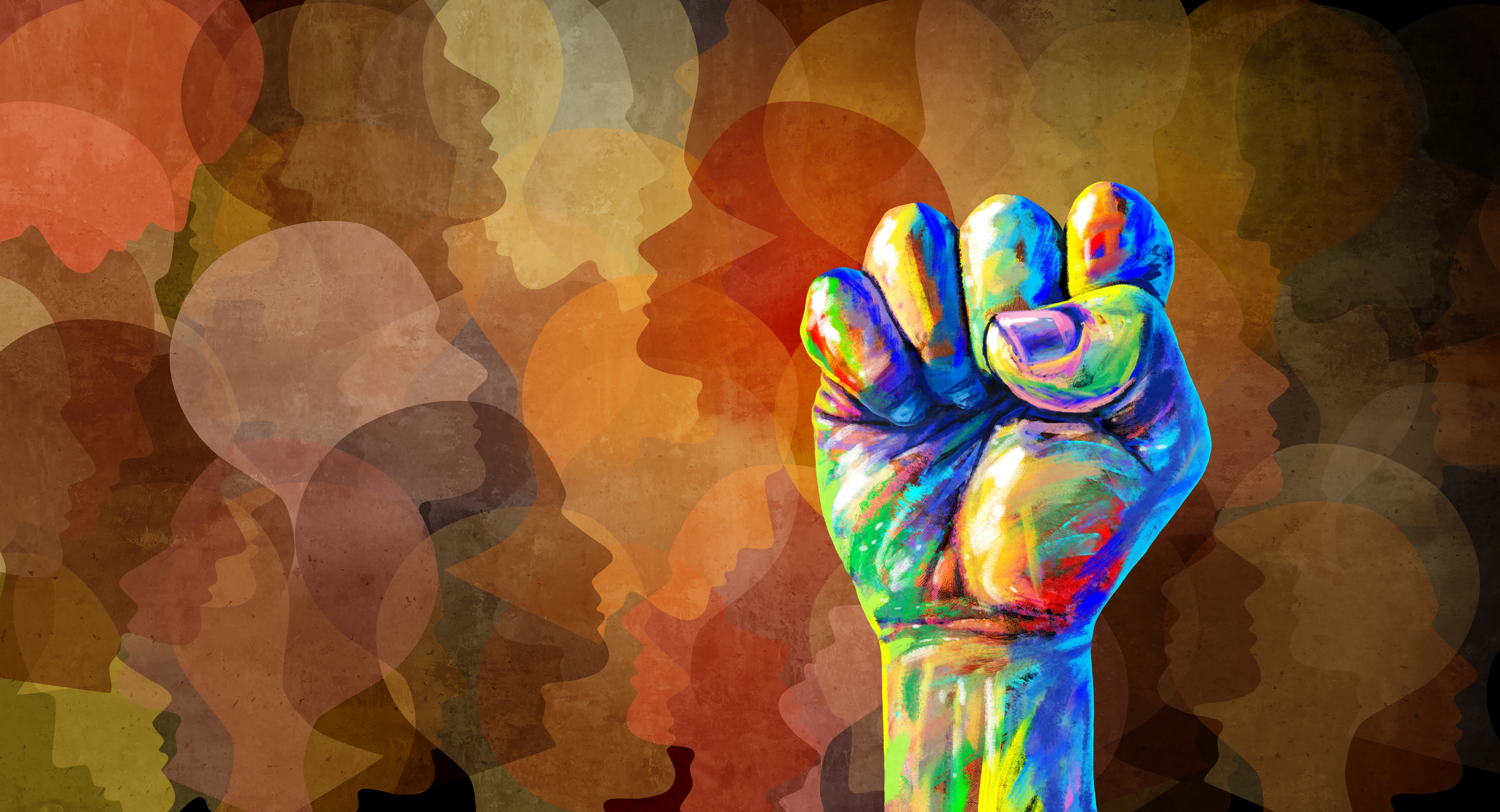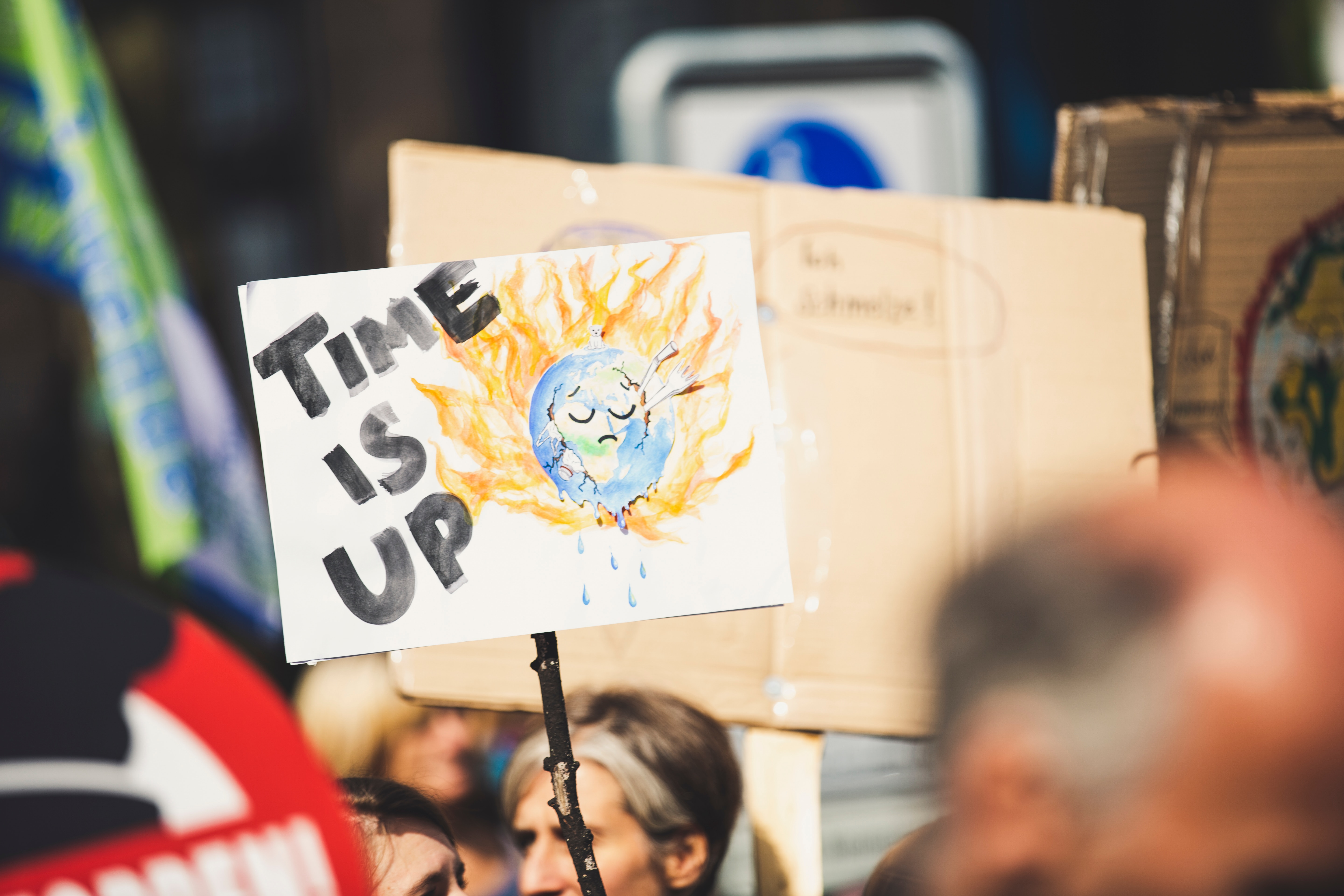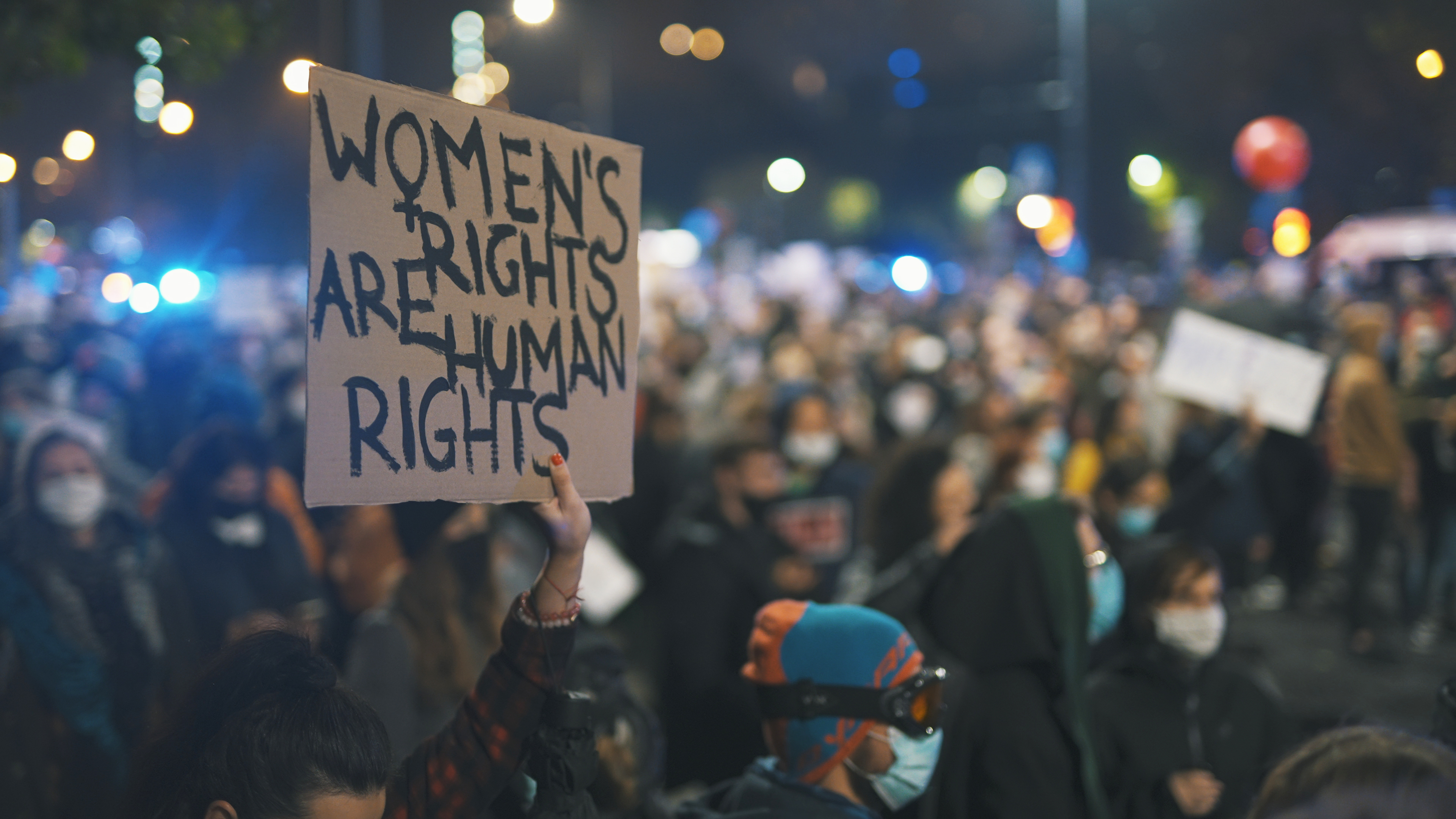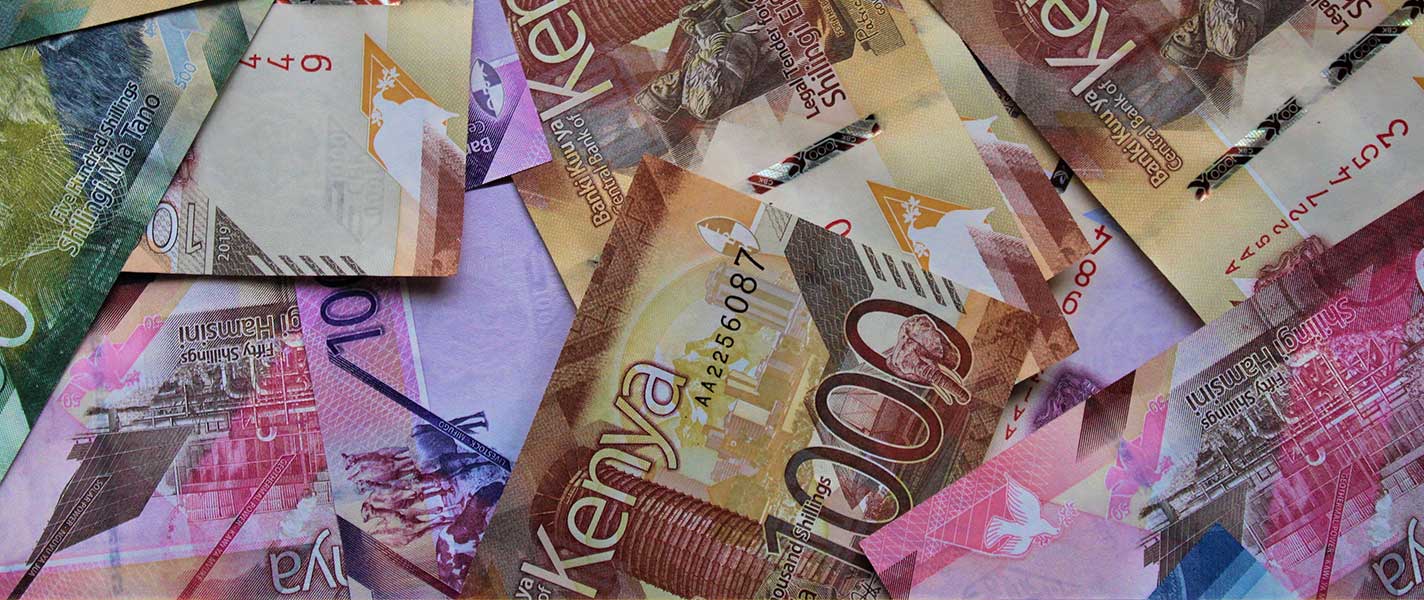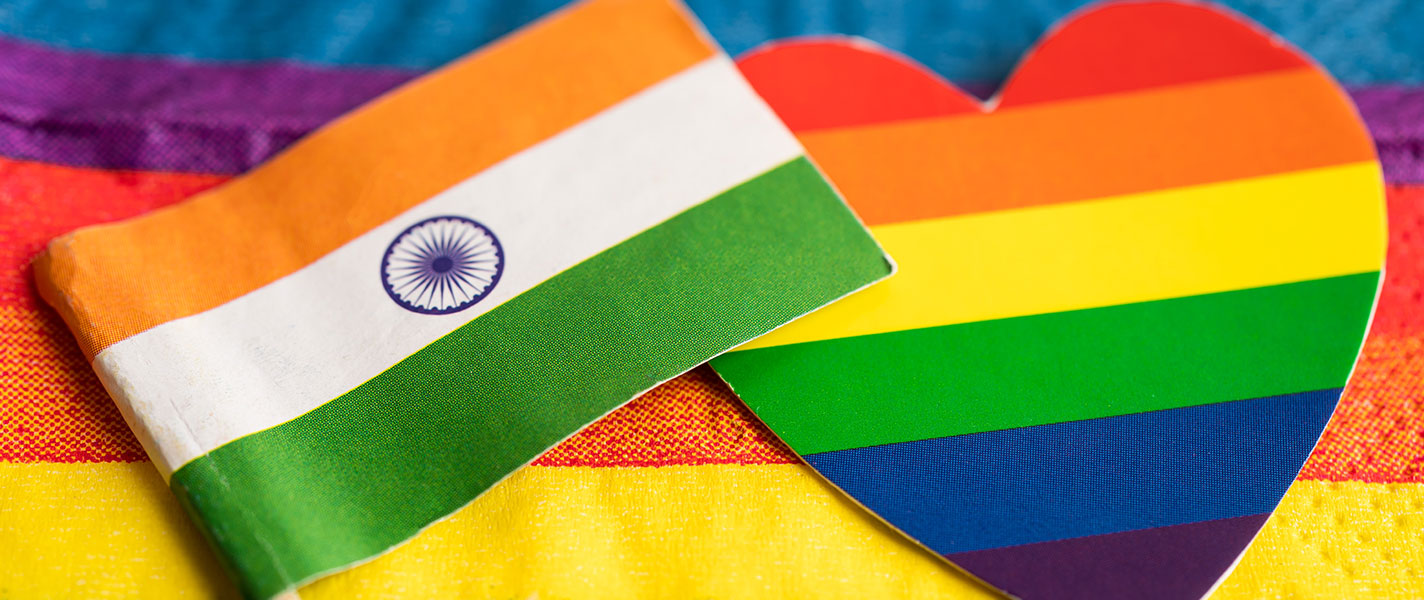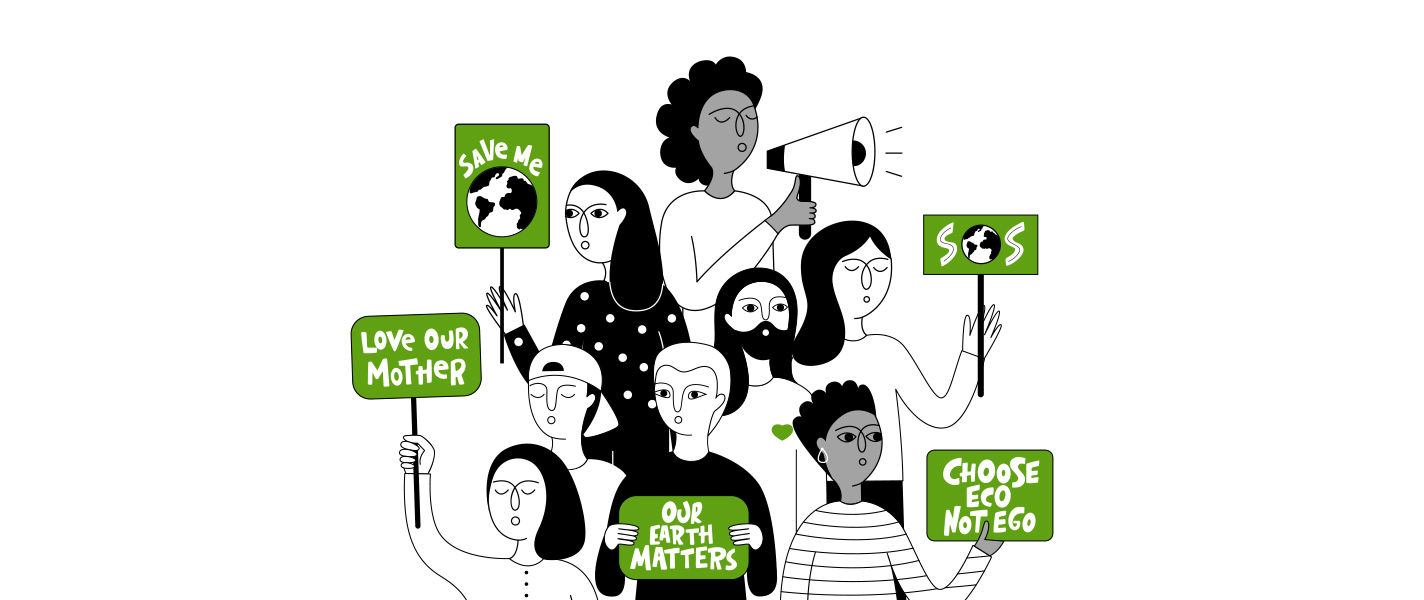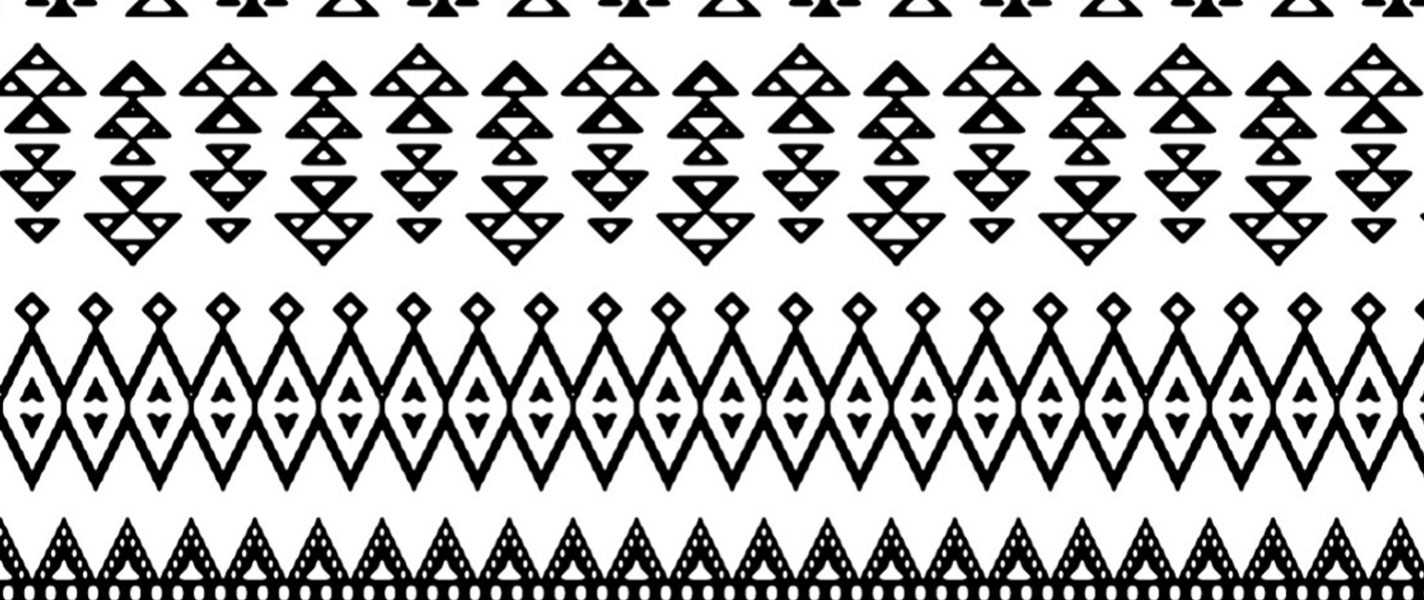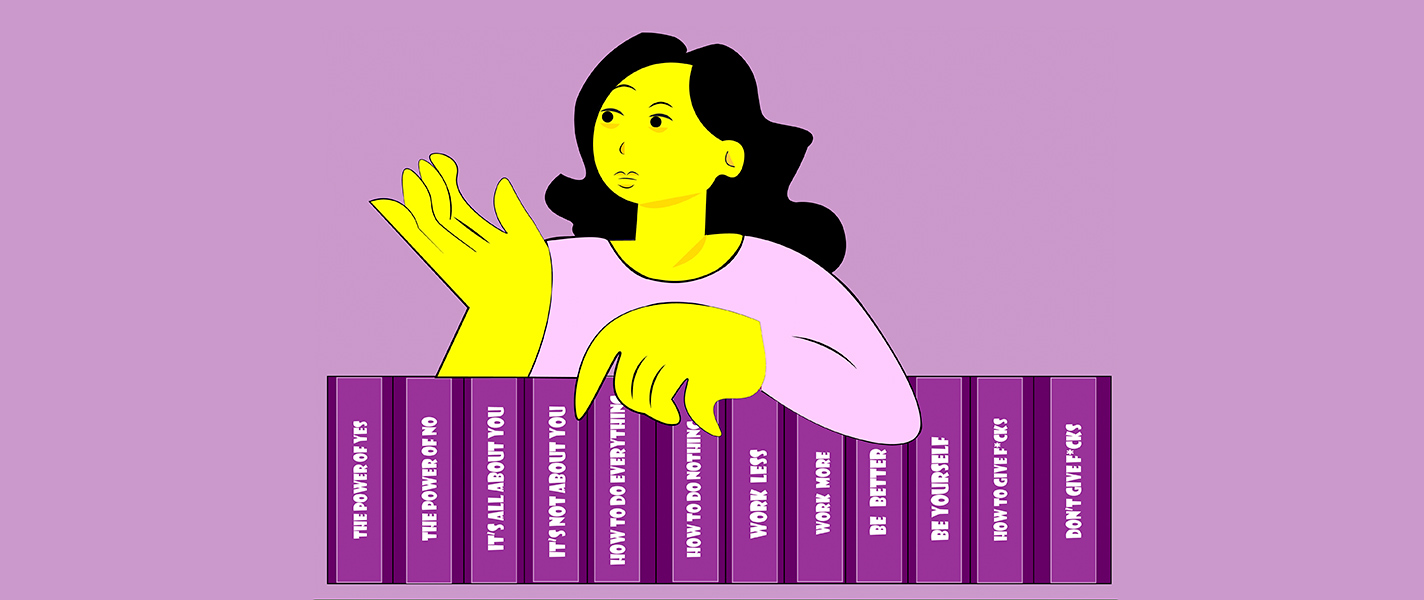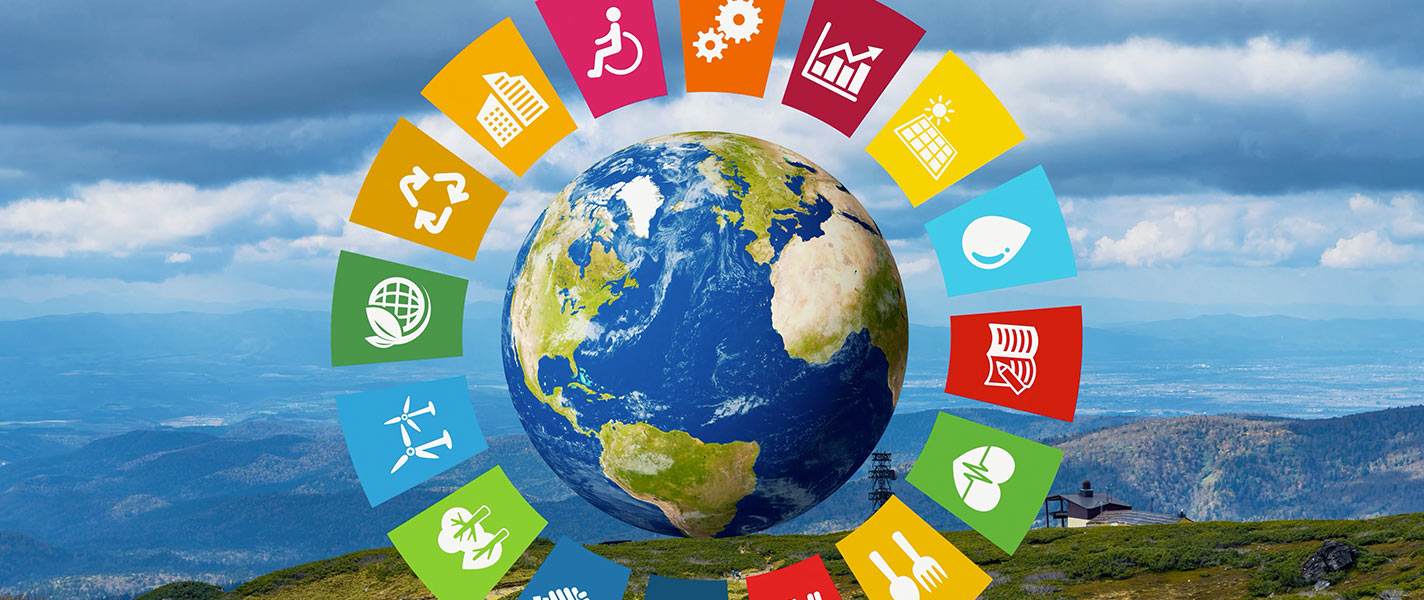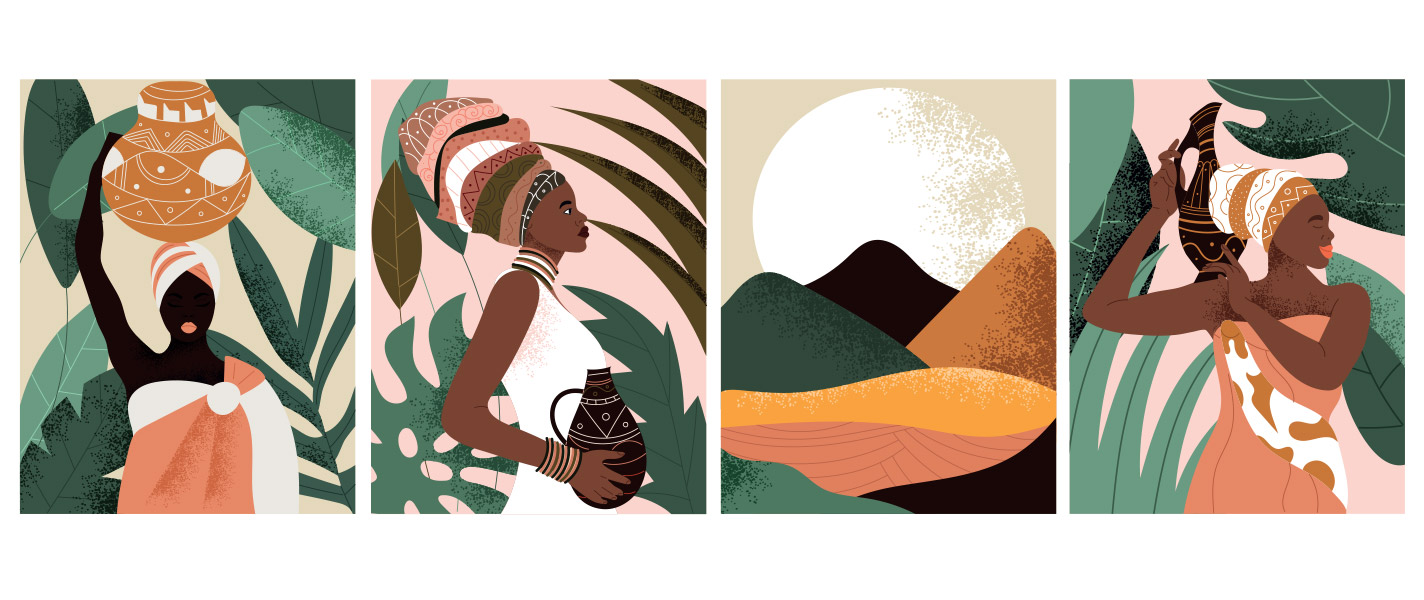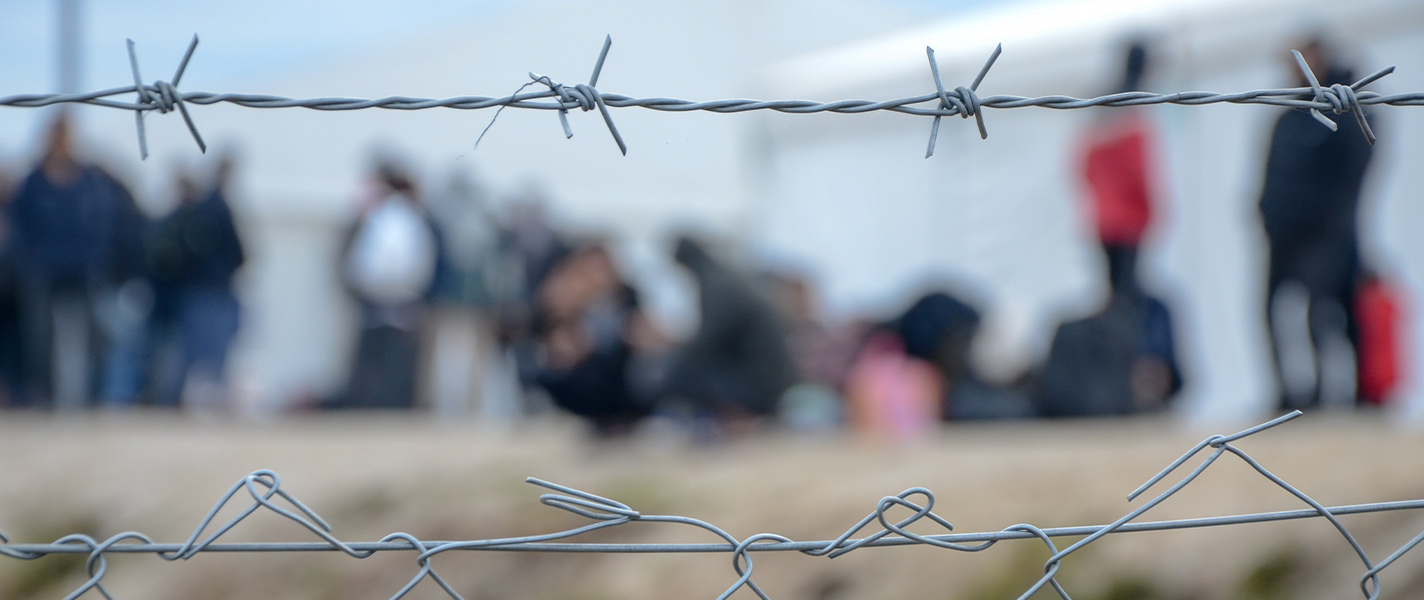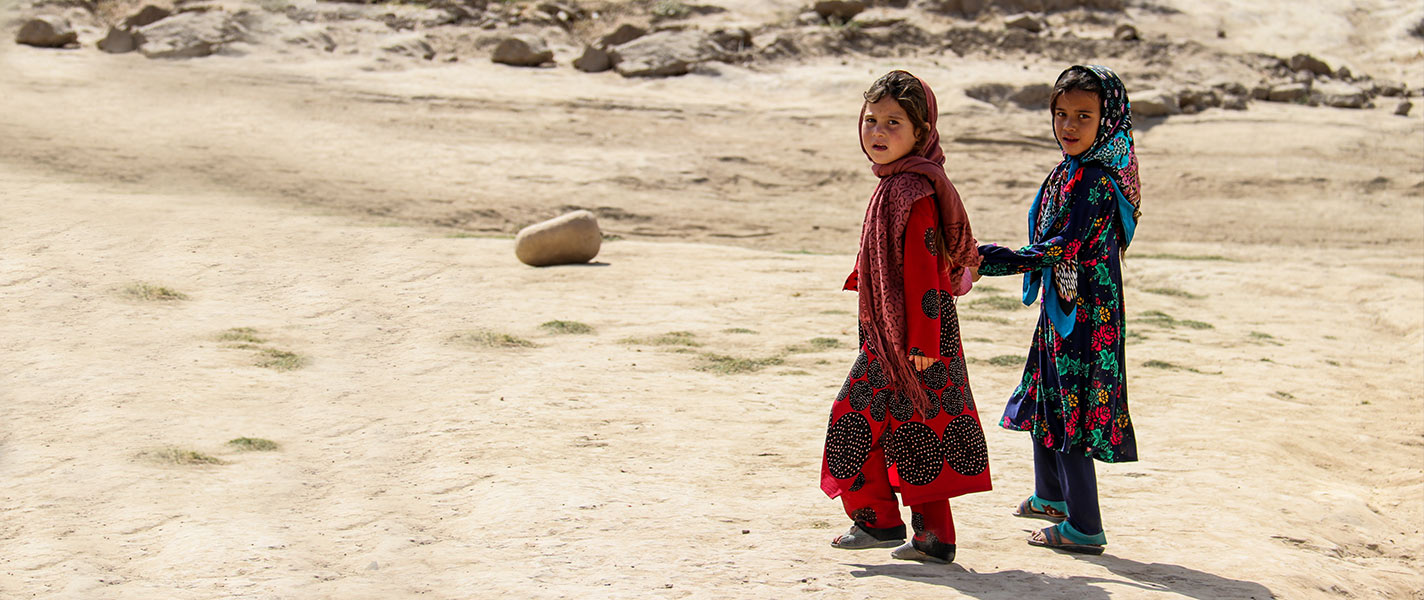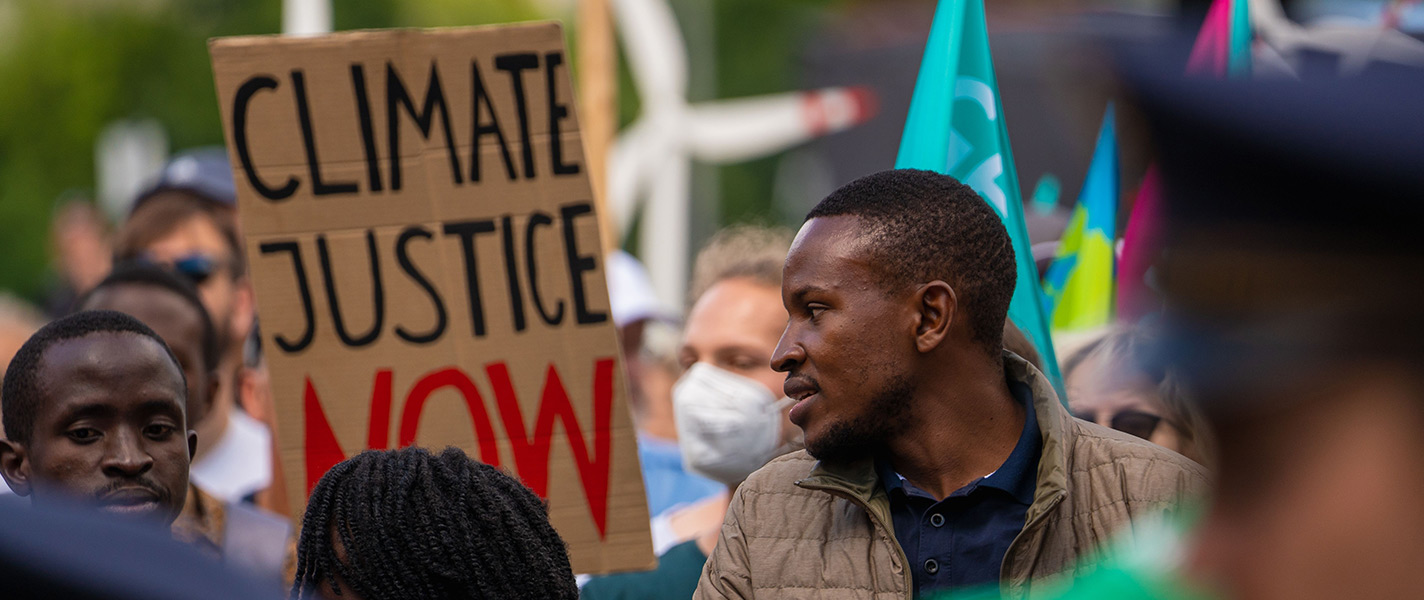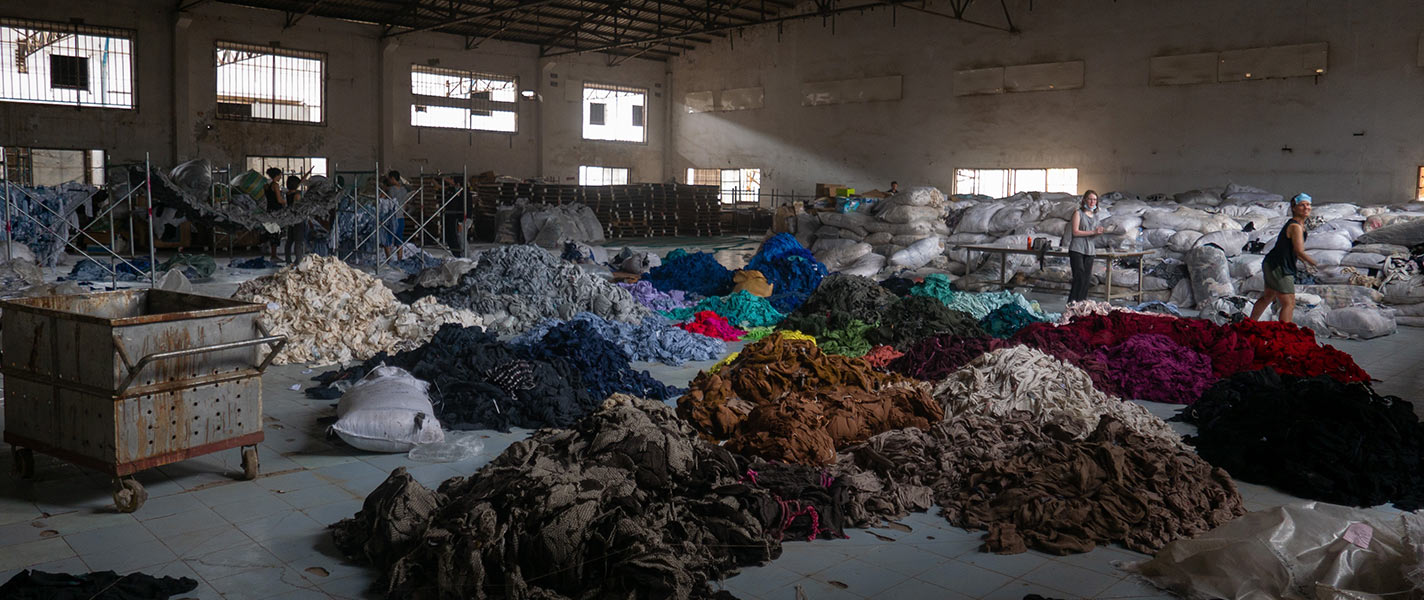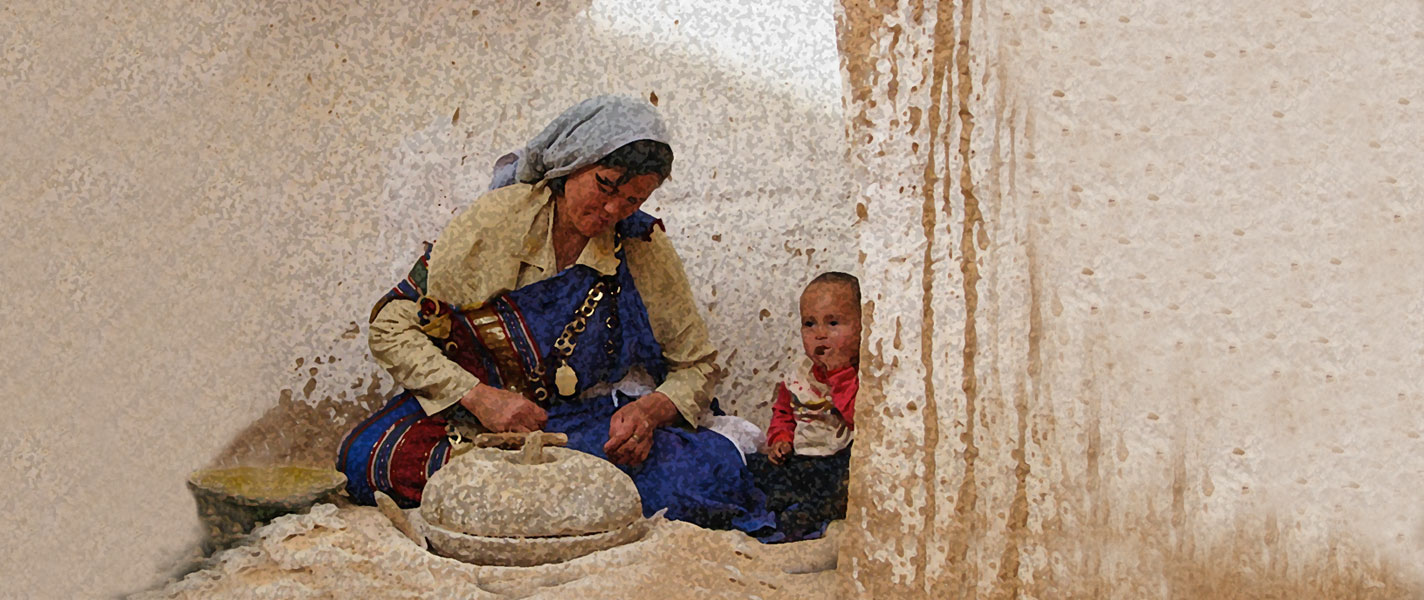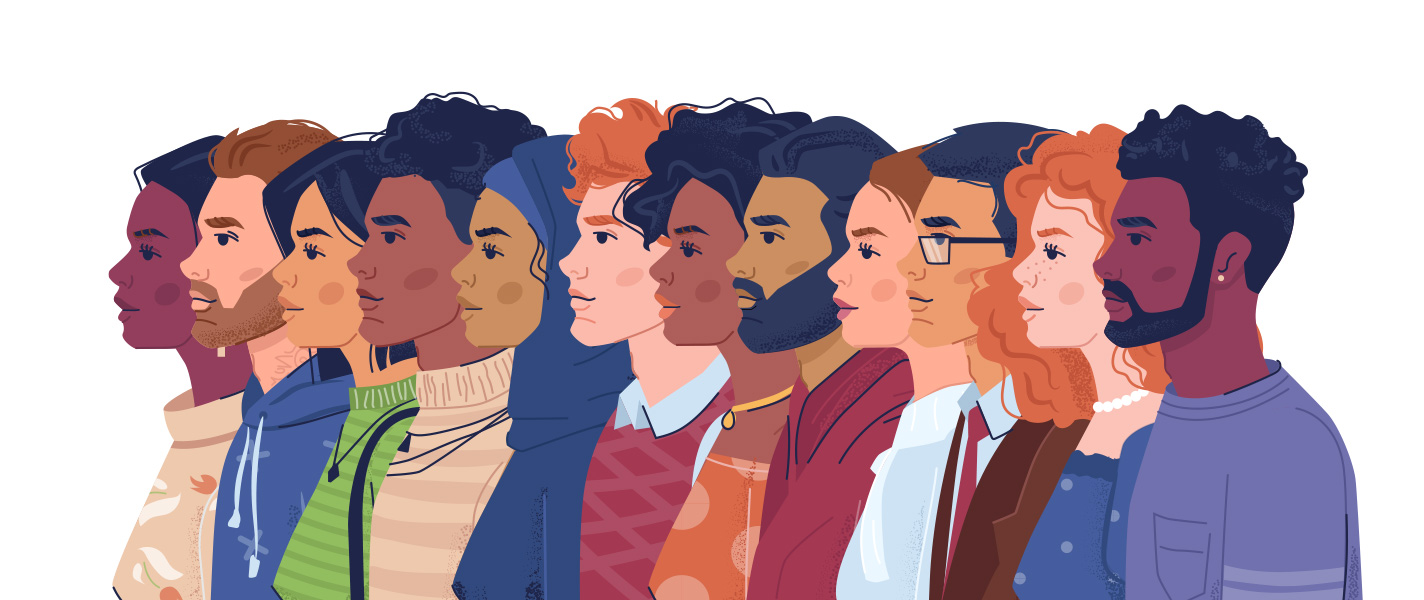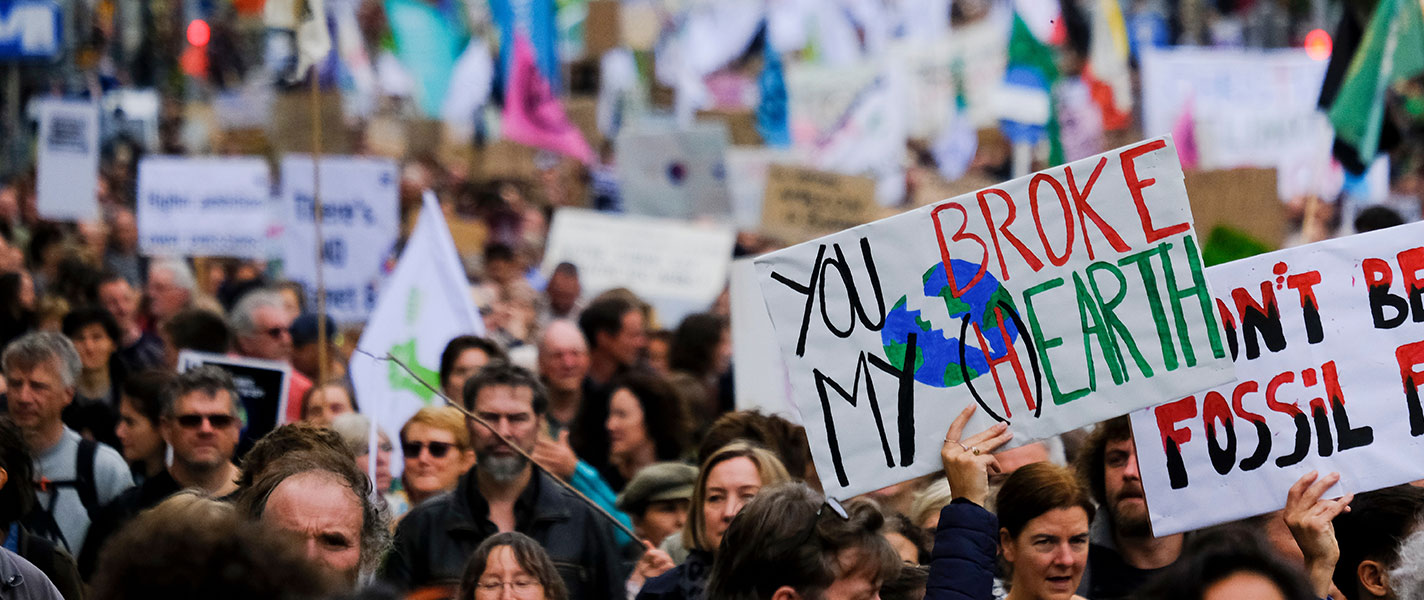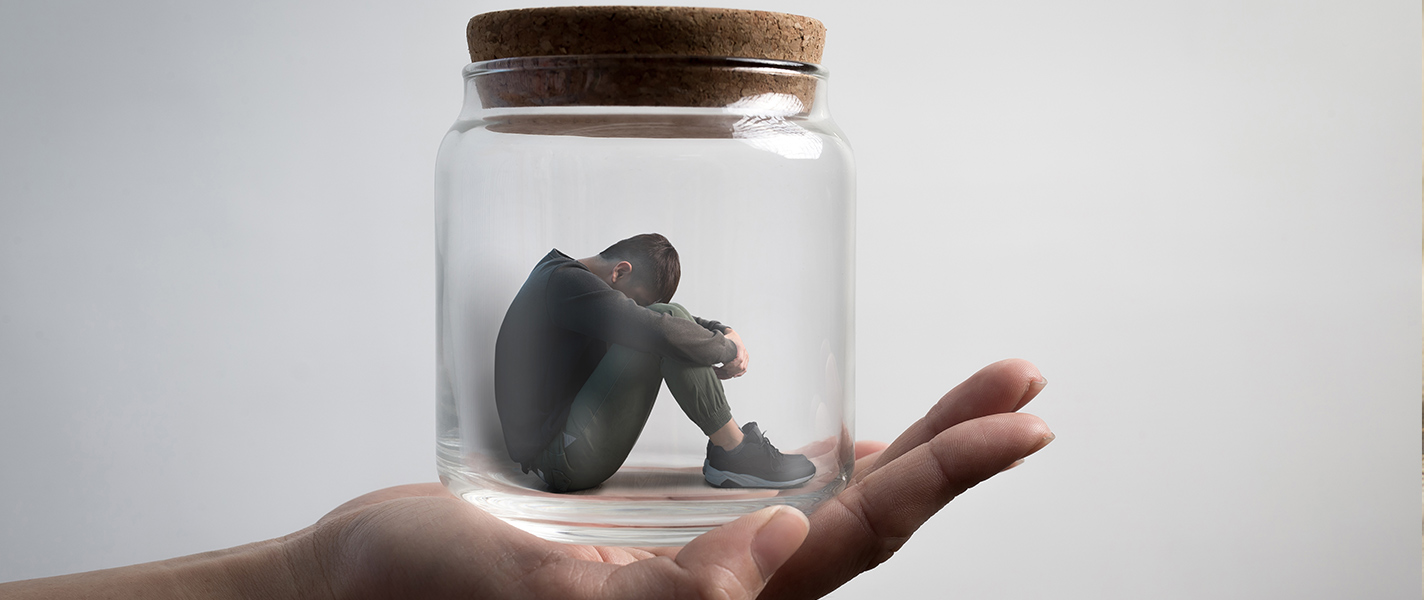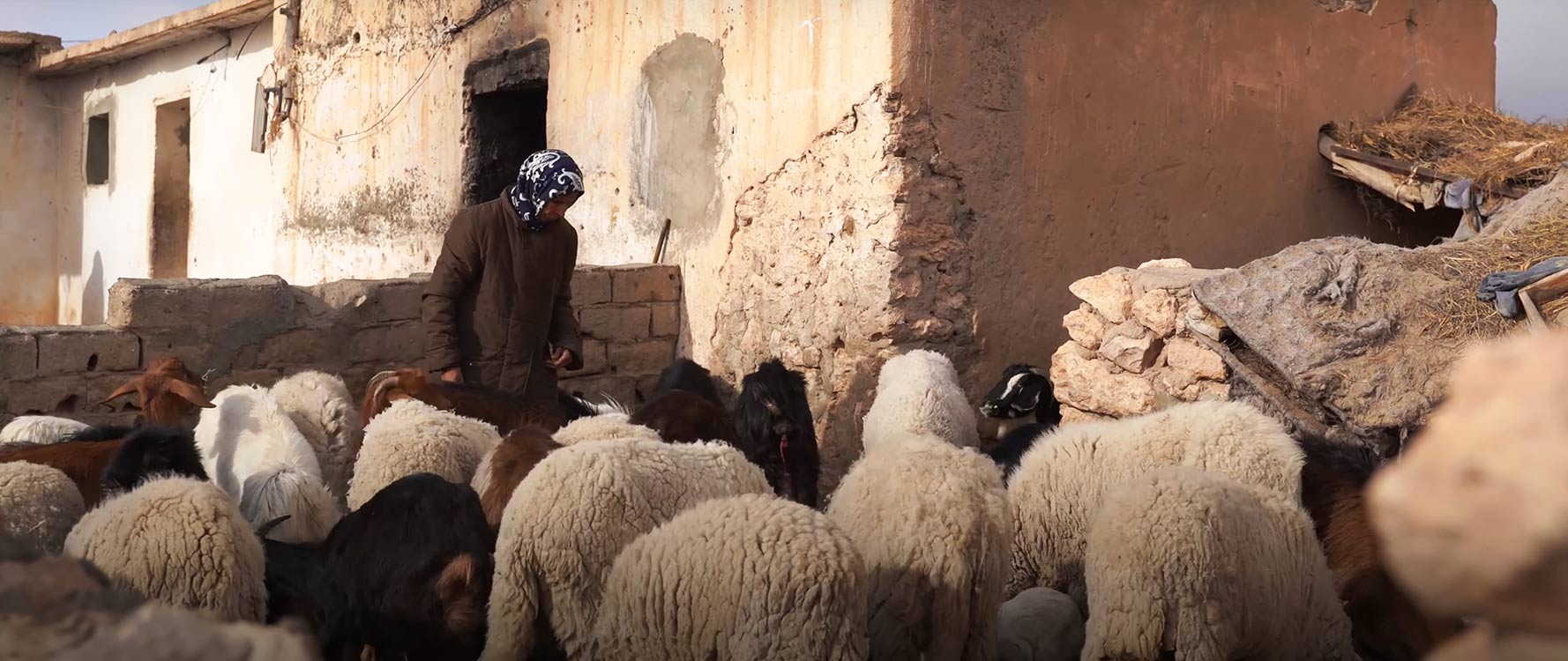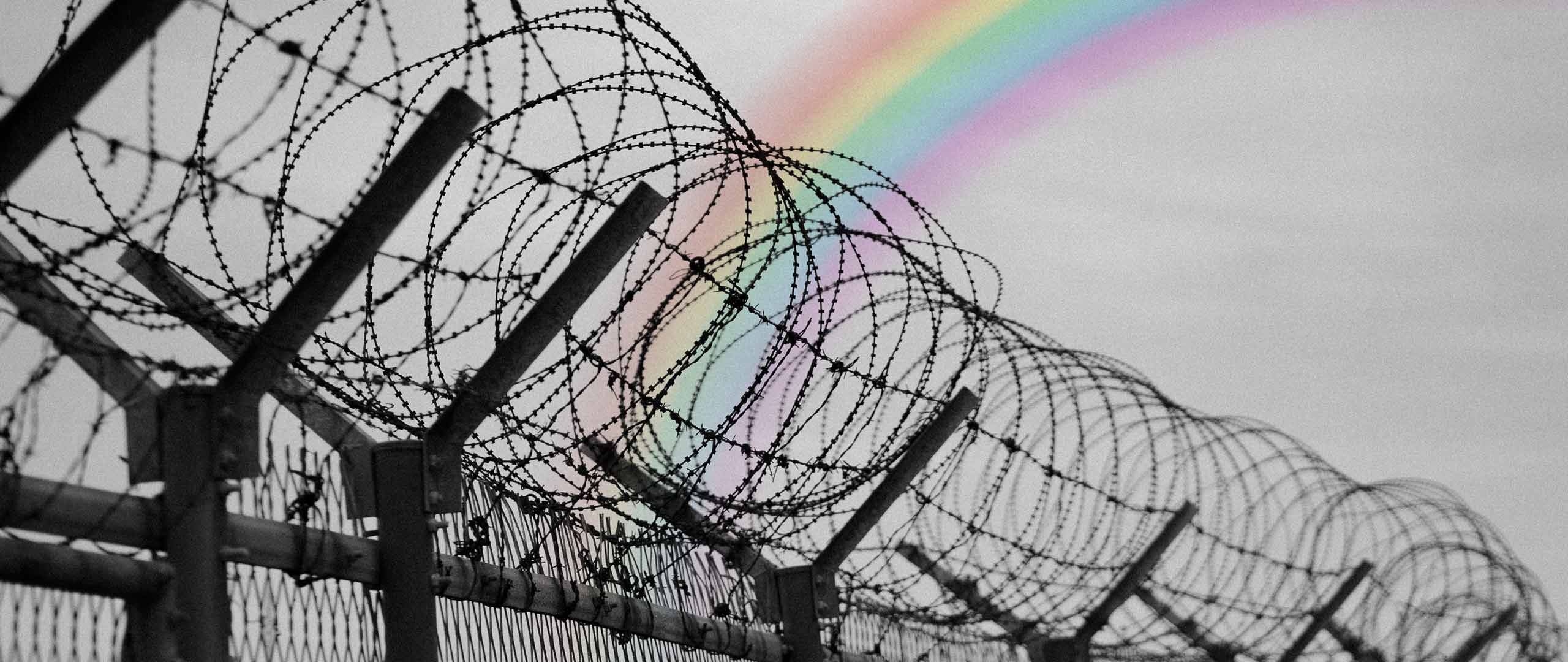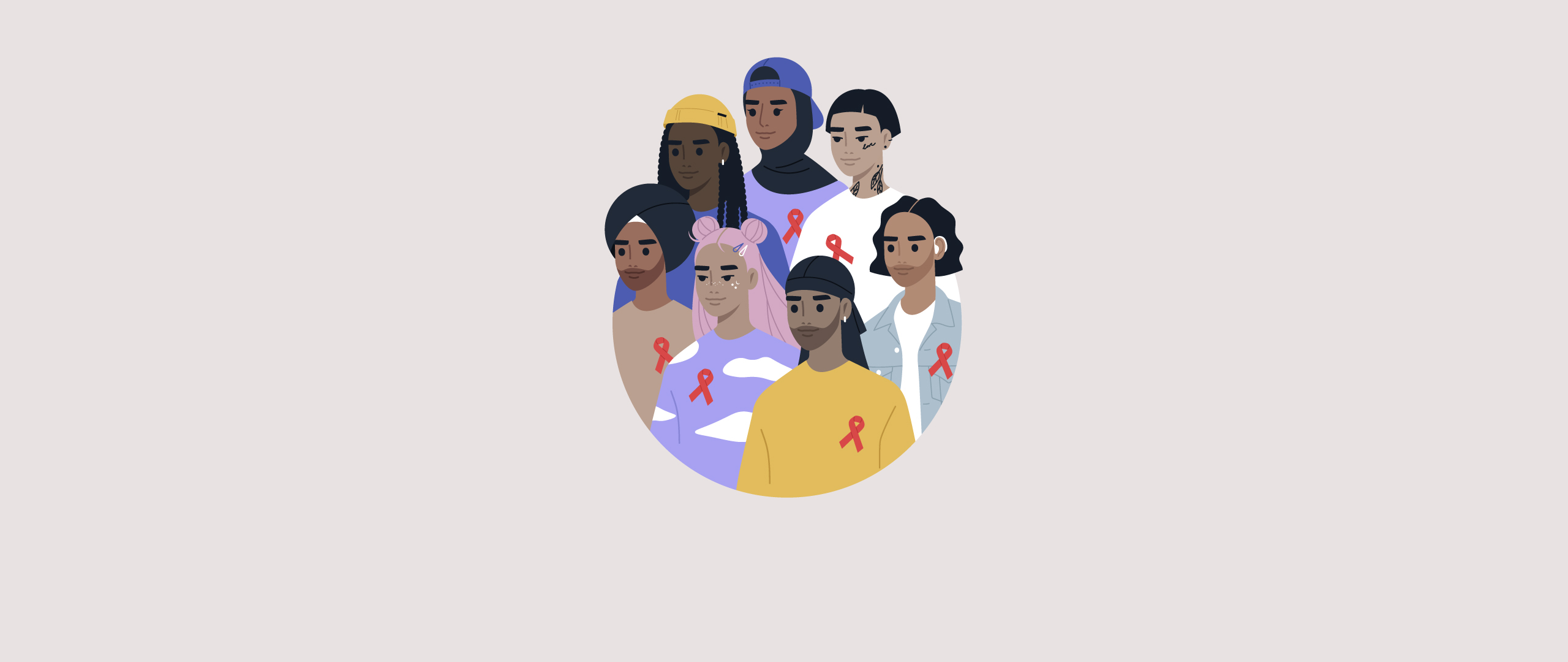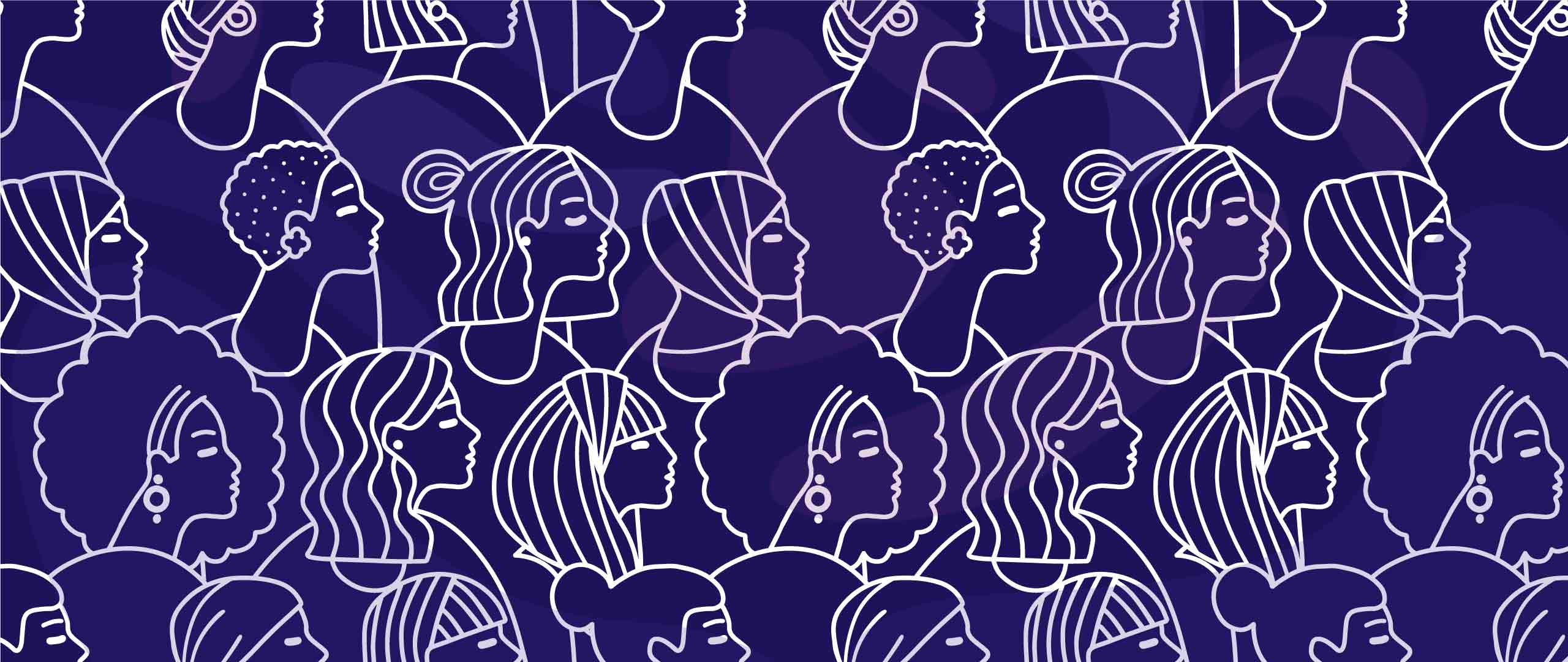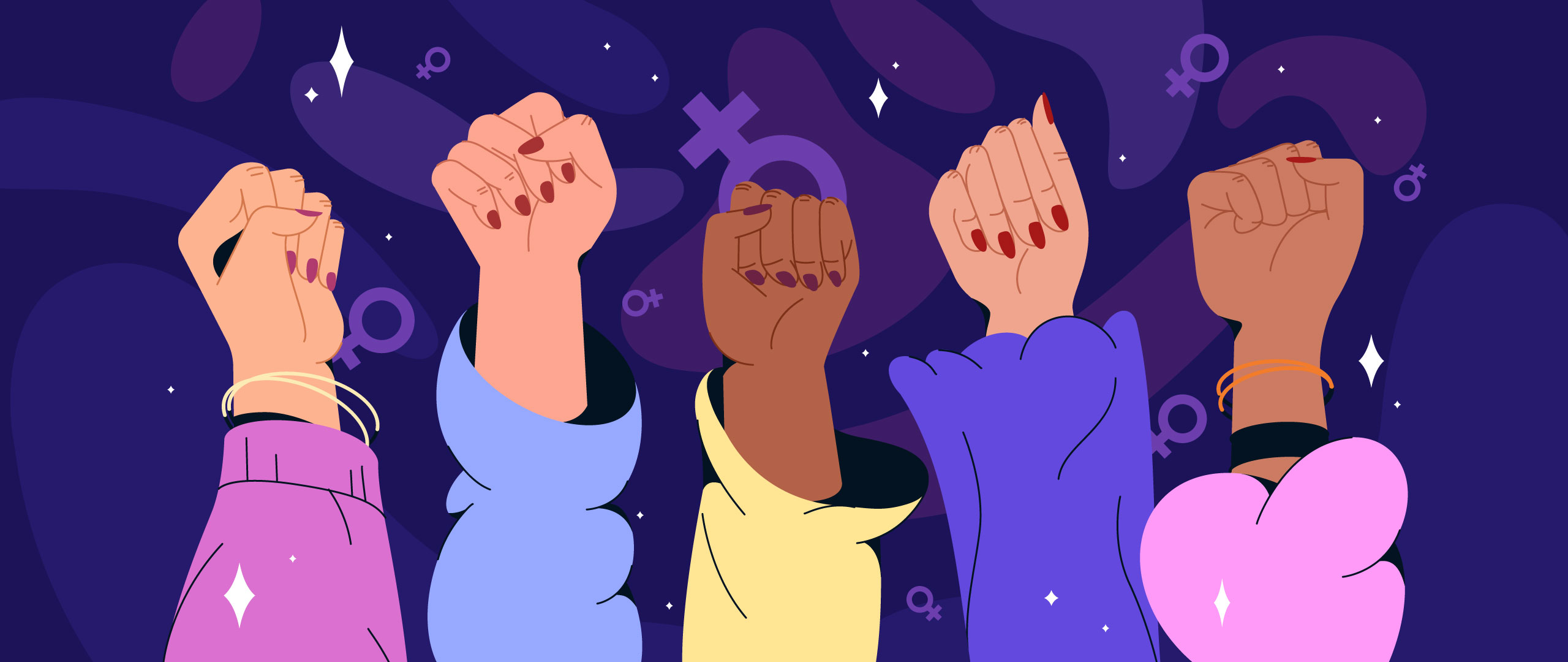Peacebuilders' Perspective: Integrating Youth and Women in Peace Talks
As a UNWomen Arab States young peacebuilder and Gender Innovation AGORA member, I would like to highlight youth and women’s mediation and peacebuilding efforts and argue the potential of having effective participation in decision-making and peace negotiation processes.
Youth and Women as the Drivers for Peace, Security, and Development
According to World Bank, young people (aged under 30) constitute 30% of the population, while women represent 48% across the Middle East and North Africa. As numbers speak louder than words, youth and women show great potential and capabilities, influencing public policies and peace decisions, as well as creating sustainable and inclusive societies. As agents of change, they possess unique perspectives, skills, and experiences that can help address complex societal challenges.
Young people are the future leaders of their societies, and their participation in decision-making processes is critical for creating a better world. They bring fresh ideas, creativity, and energy to the table. On the other hand, women have long been the backbone of their communities, playing key roles in building and sustaining social, economic, and political systems. For instance, in Lebanon, women have been active in peacebuilding efforts for many years, particularly in the aftermath of the country's Civil War. In fact, women's organizations such as the Lebanese Women Democratic Gathering have been instrumental in advocating for peace and reconciliation and promoting interfaith dialogue and reconciliation, particularly in areas where different religious communities co-live. Hence, youth and women’s participation in peacebuilding and development is essential to ensure that the voices of half of the population are heard and that policies and programs are designed to meet their needs.
In the MENA, youth and women have been playing key roles - whether as individuals or entities - in pushing for inclusive societies, safe environments, and demolishing violent extremism. For Instance, the Arab spring uprisings that swept through the region in 2011 had a significant impact on the role of youth and women in peacebuilding and development efforts. The protests, which were largely led by youth and driven by a desire for political and social change, brought issues such as unemployment, corruption, and political repression to the forefront of public discourse. The protests also created new spaces for dialogue and collaboration among different groups, including women, who were often marginalized in the political and social spheres. Furthermore, the adoption of the ground-breaking Security Council Resolutions 1325 and 2250 in 2000 and 2015, respectively, is another significant turning point in highlighting the positive role young people and women can and do play in promoting peacebuilding effects and preventing conflict and violent extremism.
Limitations in Inclusive and Sustainable Representations in Decision-Making Tables
It is essential to acknowledge that we are not there yet from achieving an inclusive, equitable, and just representation of youth and women along with decision makers in peace tables. We are still facing many challenges and insufficient efforts to pave the way for sustainable and effective participation. Although women have made it to parliament which is the case of Libya and Tunisia, we are still talking about discriminatory laws and social norms. Women still face legal and social barriers that prevent them from participating in political and social life. In some countries, women may not have the right to run for political office, or they may face discrimination in employment and education. We are still talking about the limited access to education that prevent youth and women from honing the skills and knowledge needed to participate effectively in peacebuilding processes. We are still talking about the security risks affecting youth and women.
In conflict-affected areas, young people and women face security risks, hindering their participation in peacebuilding activities. They may be at risk of violence or harassment, or they may face restrictions on their movement or freedom of expression. We are still talking about the limited access and exclusion to decision-making processes among youth and women in the peacebuilding and development sectors, which limit their ability to influence outcomes and contribute to meaningful change. At this point, we are still talking about ageism and tokenism on an international and local scale. Ageism is another important factor that can prevent youth and women from being part of peace decision-making processes in the MENA region. Senior decision-makers still hold negative stereotypes about youth and women, viewing them as inexperienced, immature, or emotional, and may not recognize their valuable contributions to peacebuilding and development efforts. Tokenism, on the other hand, occurs when young people and women are included in decision-making processes primarily to give the appearance of diversity or inclusivity, without actually allowing them to have a meaningful impact on the outcomes.
Addressing these challenges requires a multi-faceted approach that addresses the root causes of discrimination and exclusion, promotes education and economic opportunities, and creates safe spaces for youth and women to participate in peacebuilding processes. It also requires addressing the structural and systemic barriers that prevent youth and women from having a meaningful say in decision-making processes at all levels of society.
Recommendations for Better Representations from Peacebuilders’ Perspective
Through the eyes of peacebuilders, we believe that there is a need to acknowledge the role that youth and women can play in society and the limitless potential and creativity they can bring to the table. We also believe in the importance of addressing the challenges mentioned above and identifying strategies and multi-track approaches that increase meaningful and inclusive participation of women and youth in peace processes that respond to local and regional contexts. The international community, governments, decision-makers, civil society, and active actors in the MENA should consider the following recommendations:
- To address ageism requires changing the underlying attitudes and perceptions that contribute to negative stereotypes about youth and women. This can involve educating senior decision-makers about the valuable contributions that young people and women can make to peacebuilding and development efforts. It can also involve creating opportunities for intergenerational dialogue and collaboration, where young people and women can share their perspectives and experiences with senior decision-makers;
- To avoid tokenism, it is important to create genuine opportunities for young people and women to participate in decision-making processes at all levels. This involves providing them with the resources, support, and training they need to make meaningful contributions, and allowing them to take on substantive roles within peacebuilding organizations or institutions. It also involves recognizing and valuing the unique perspectives and experiences that young people and women bring to peacebuilding processes, and integrating them fully into decision-making processes;
- To promote education and skill development by providing access to education and skills training can help young people and women develop the knowledge and skills they need to participate effectively in peacebuilding processes;
- To address discriminatory laws and social norms by ensuring that young people and women can participate meaningfully in peacebuilding processes, it is important to address legal and social barriers that prevent them from doing so;
- To create safe spaces for young people and women to participate in peacebuilding activities can help to address security concerns and ensure that they are able to contribute effectively;
- To provide meaningful opportunities for participation which includes opportunities for leadership and decision-making, can help to ensure that their perspectives and experiences are fully integrated into peacebuilding processes;
- To monitor and evaluate the participation of young people and women in peacebuilding processes which helps to identify gaps and challenges, and ensure that their participation is meaningful and effective;
- To ensure funding and resources are available to support the meaningful participation of young people and women in peacebuilding processes can help to address some of the practical barriers that prevent them from participating effectively;
- To foster partnerships and collaboration between different organizations and actors can help to ensure that young people and women are able to access the resources and support they need to participate effectively in peacebuilding processes;
- To invite youth and women to decision-making tables and work on the implementation and execution of their perspectives and solutions rather than having them as passive participants.
From a youth perspective, the meaningful participation of young people and women in peacebuilding processes in the MENA region is crucial for creating sustainable peace and development. Despite the challenges, they play an increasingly important role in peacebuilding efforts, drawing on their unique perspectives, experiences, and skills to promote more inclusive and effective approaches to conflict resolution. By promoting education and skill development, addressing discriminatory laws and social norms, creating safe spaces, and providing meaningful opportunities for participation, it is possible to create more inclusive and effective peacebuilding processes that engage all members of society. As future leaders of the region, young people have a vital role to play in shaping a more peaceful and prosperous future for all.
The article represents the views of its writer and not that of LEED Initiative.
